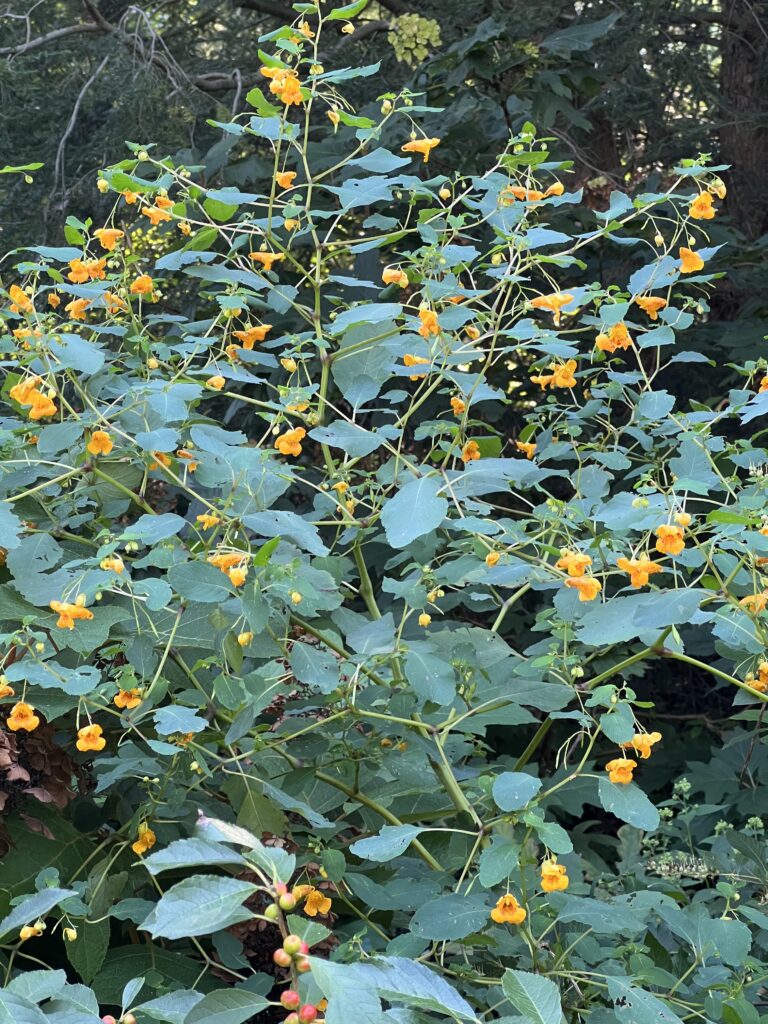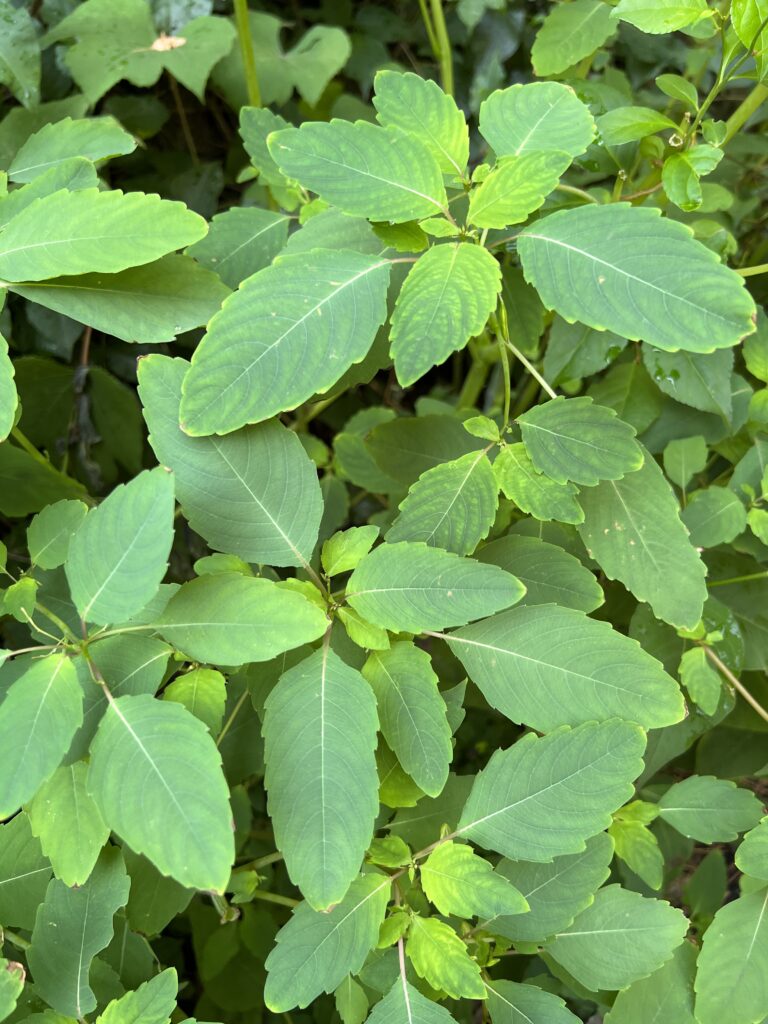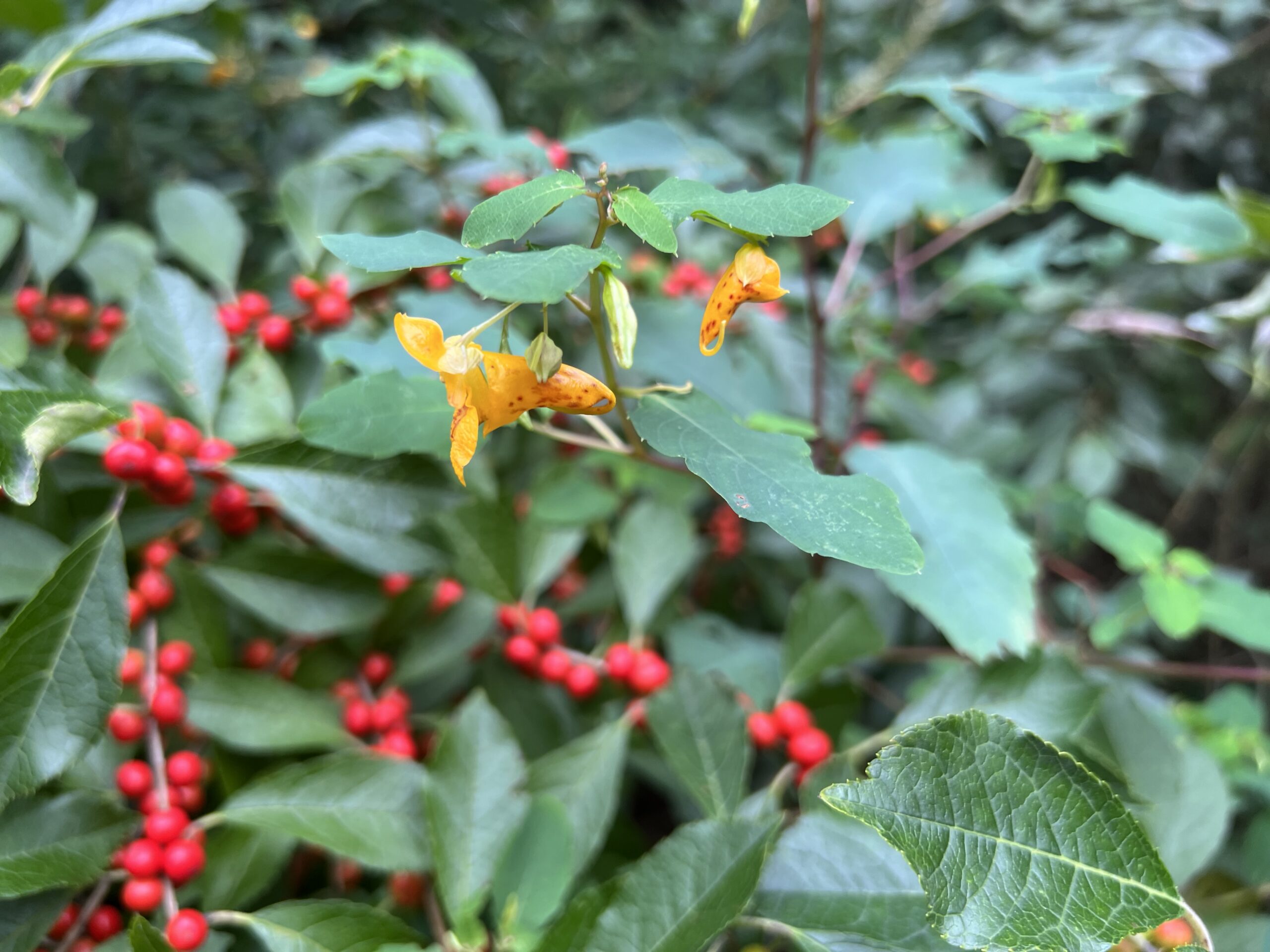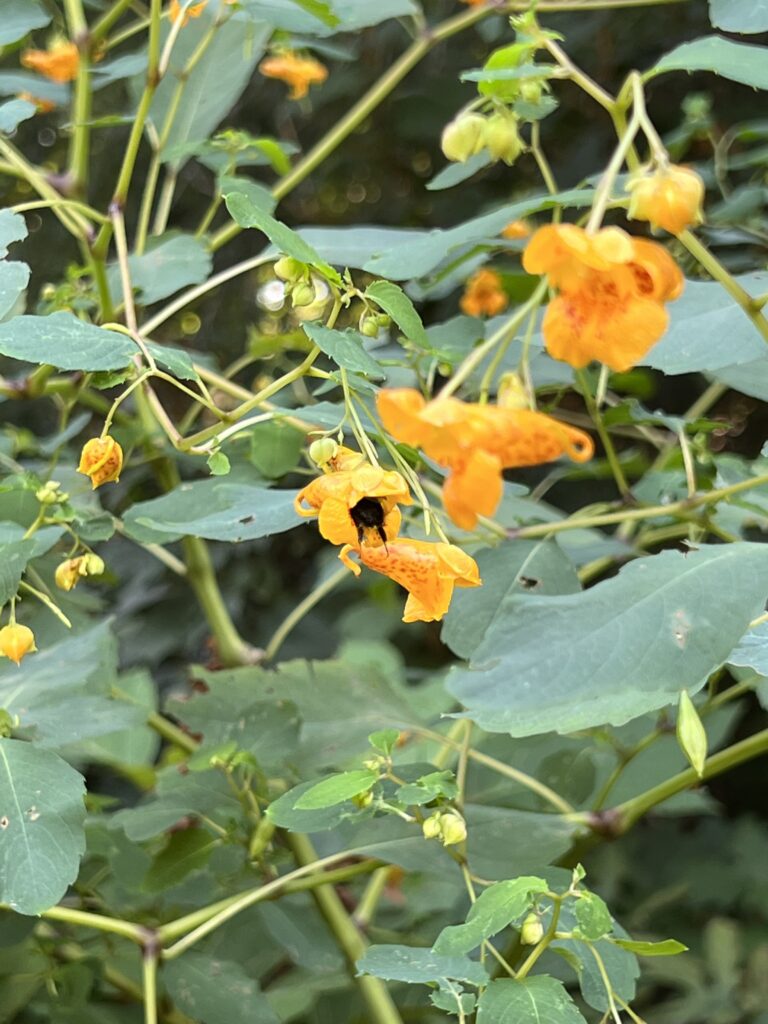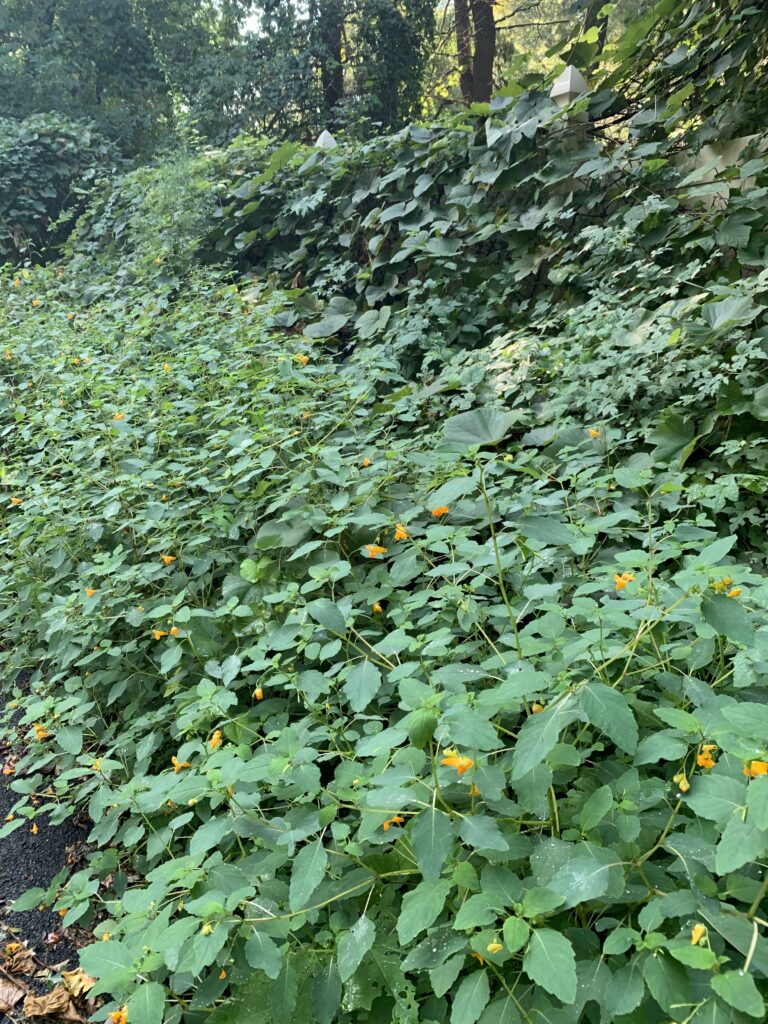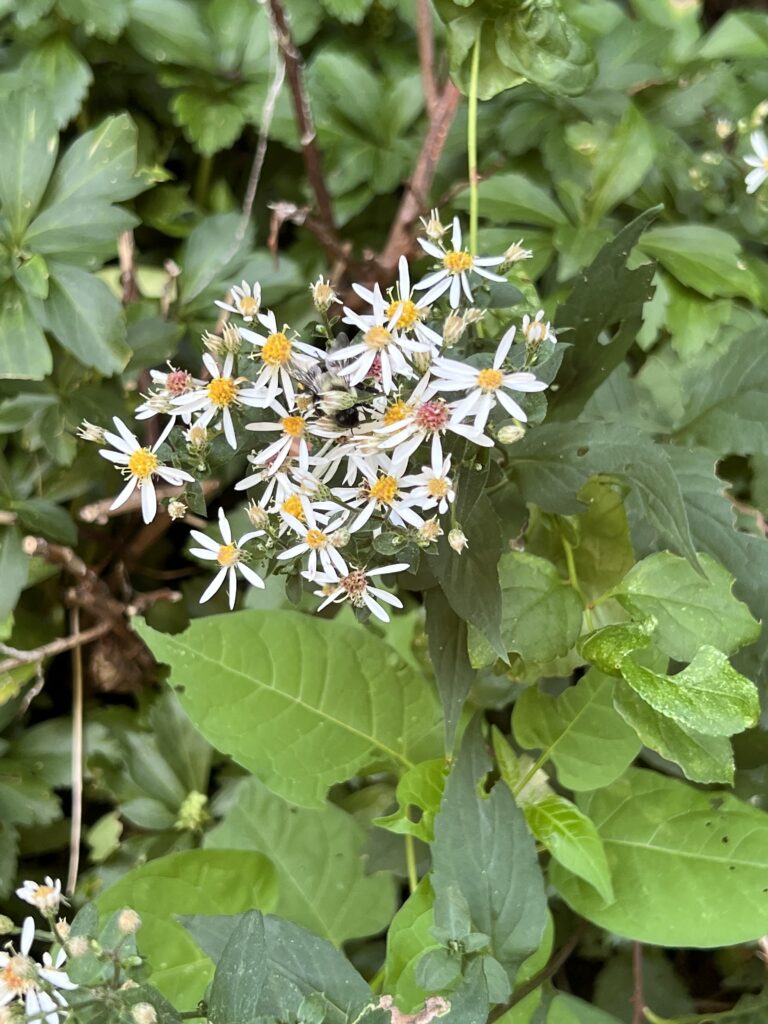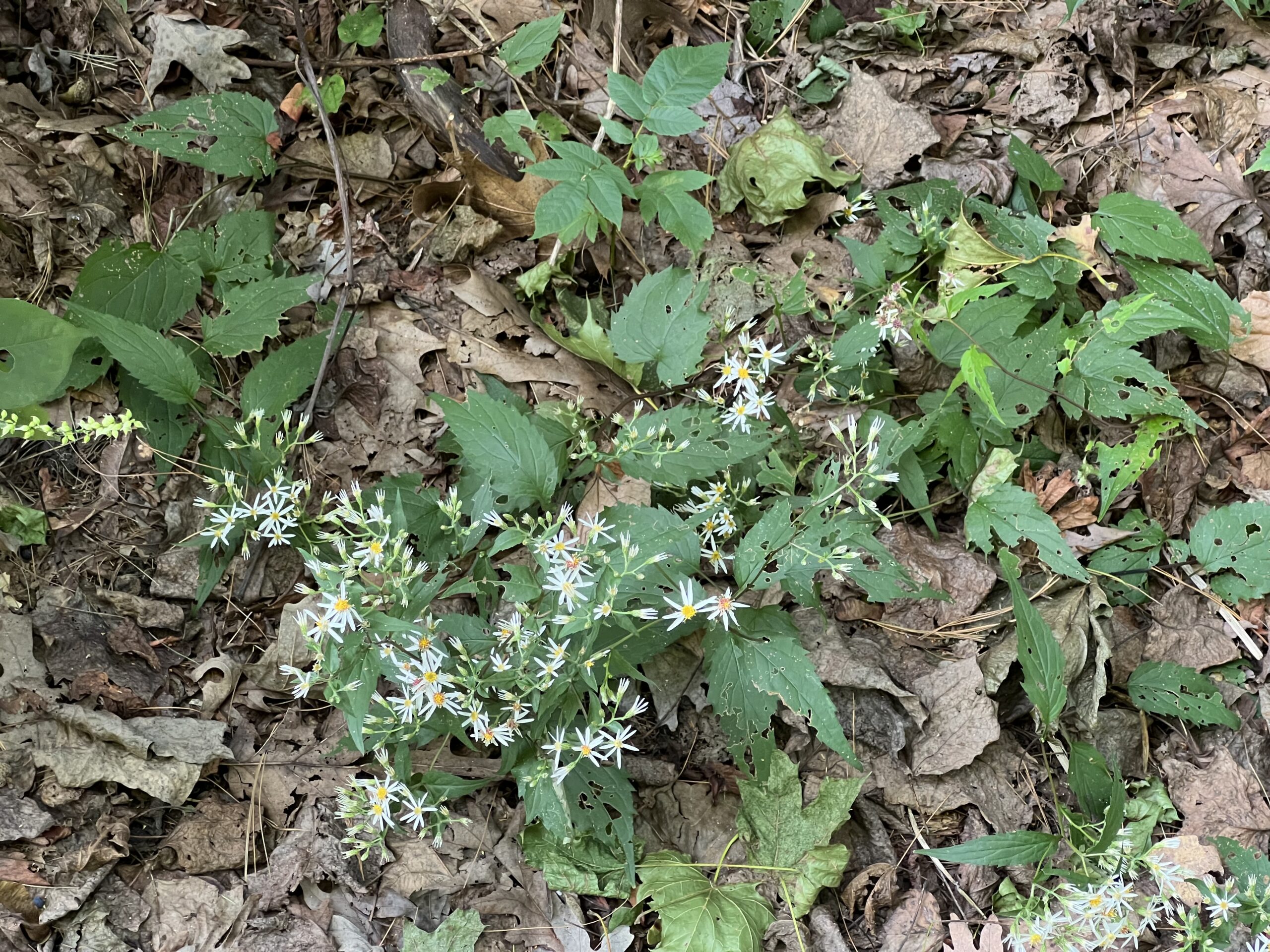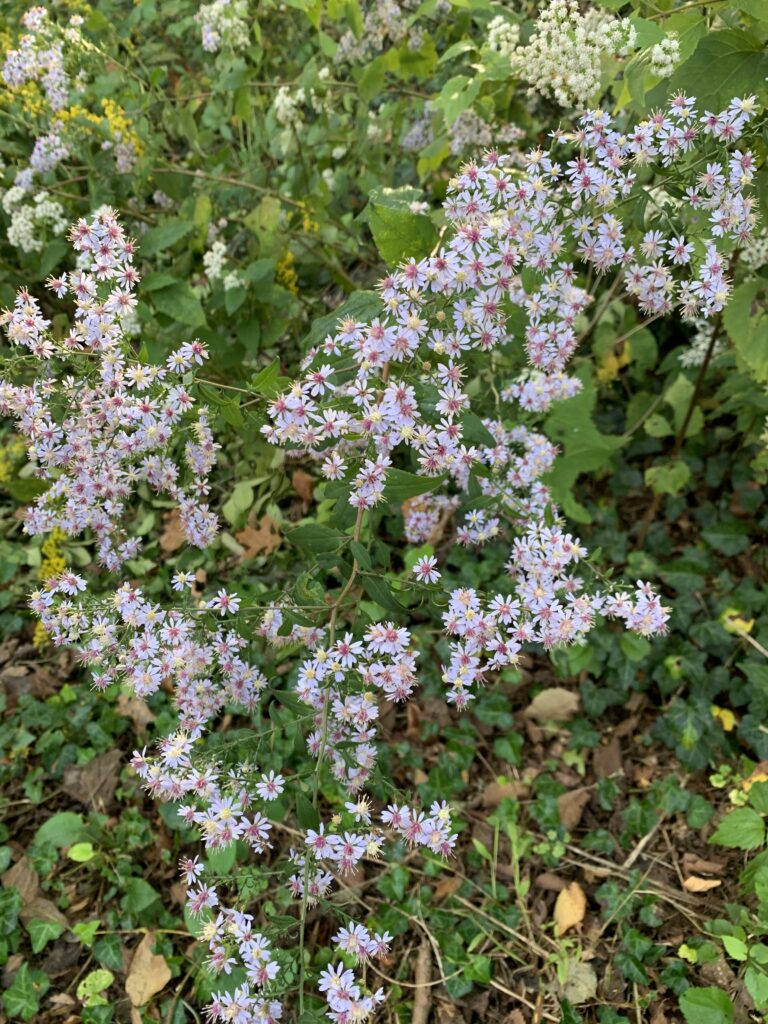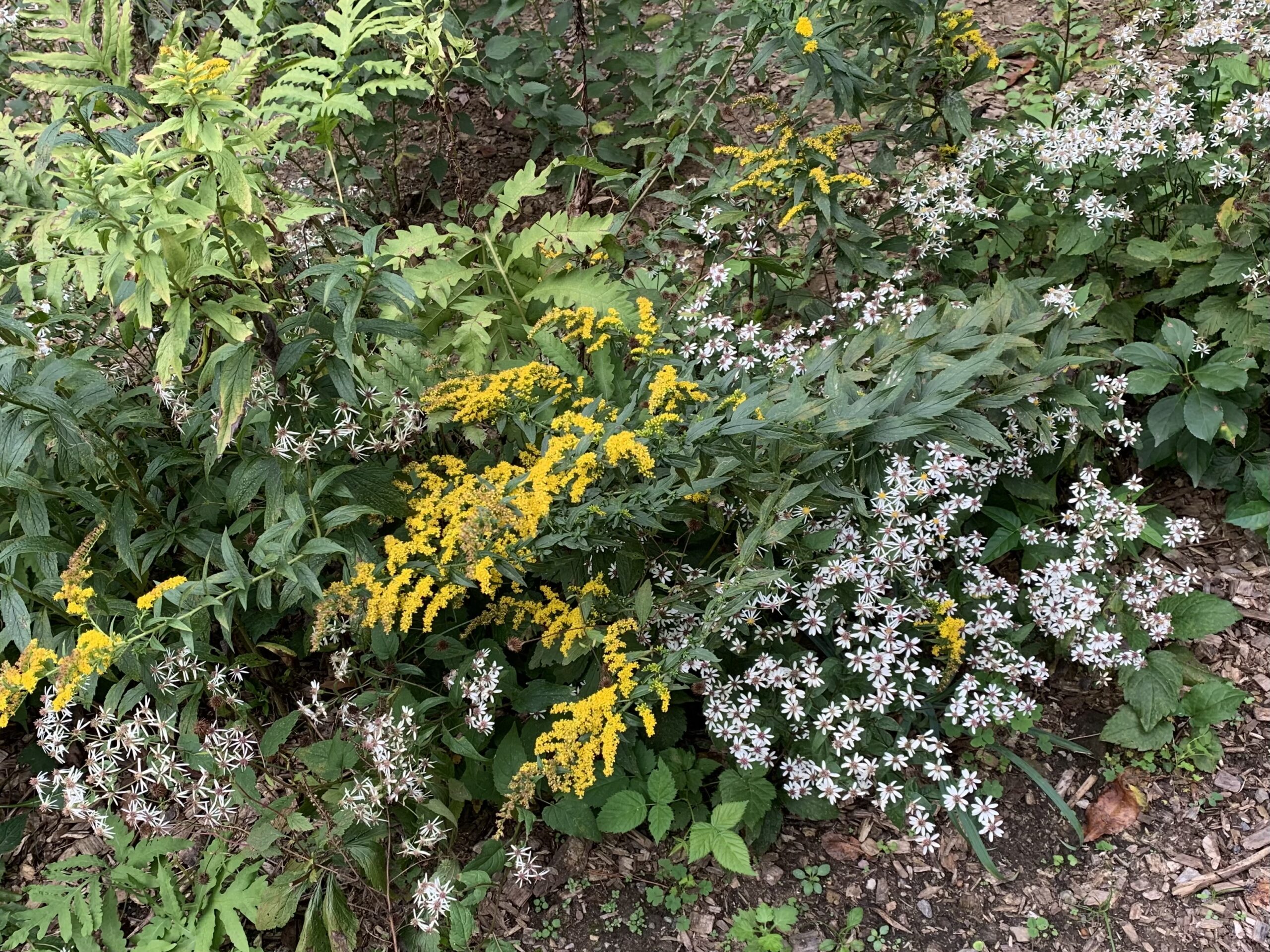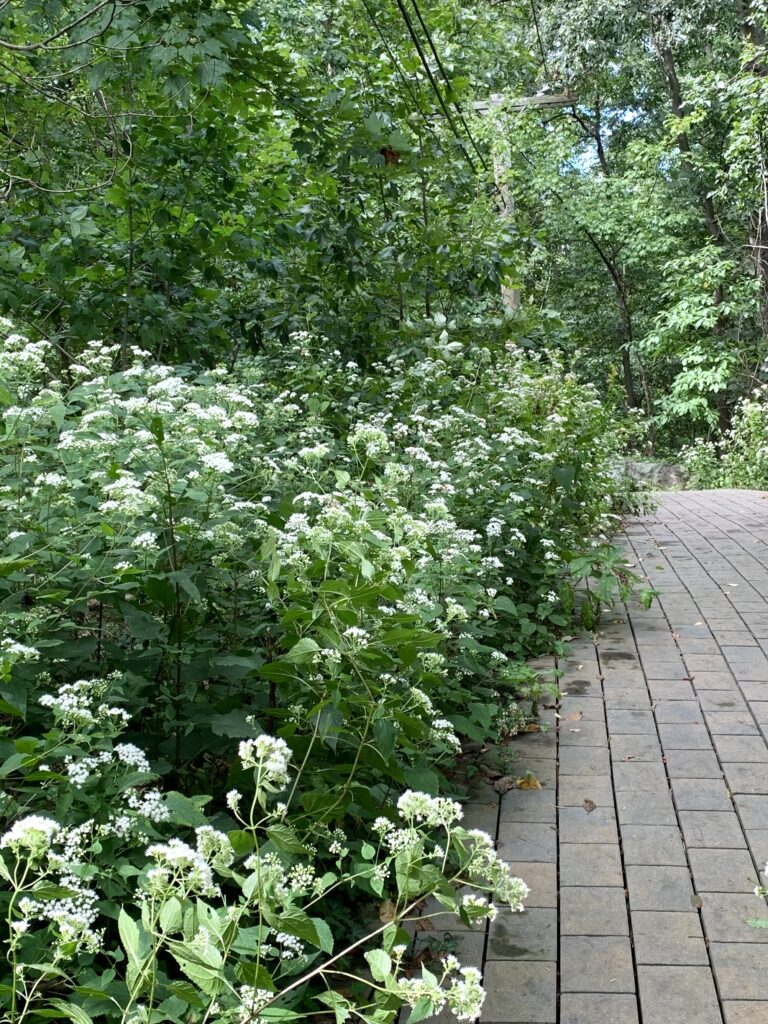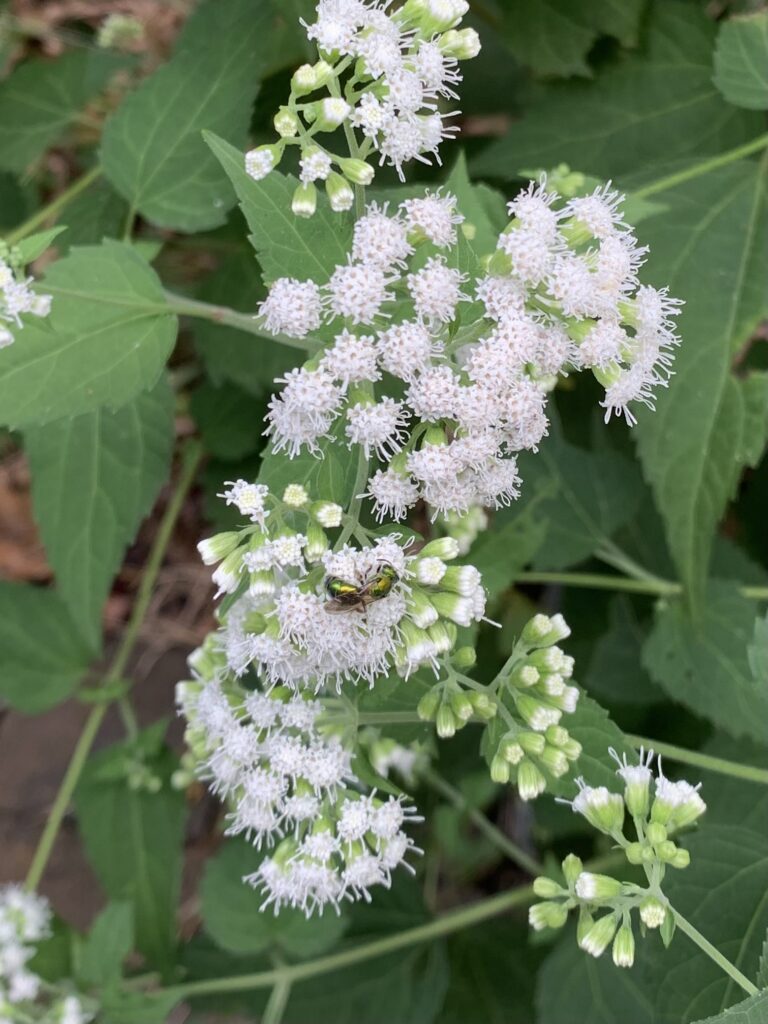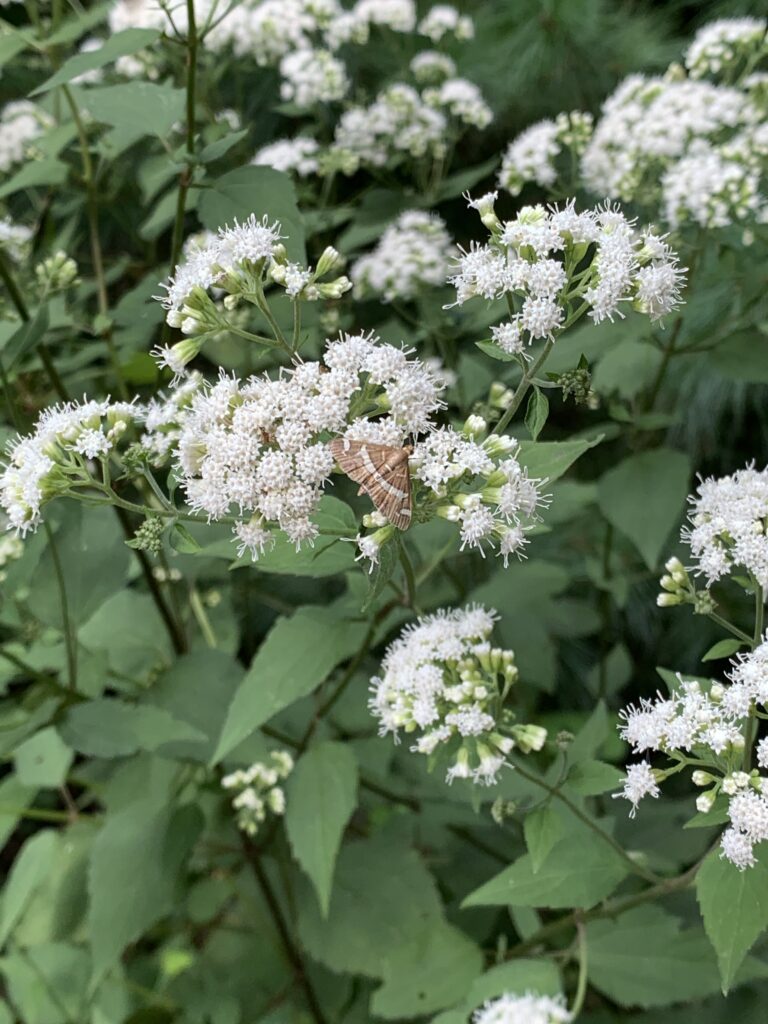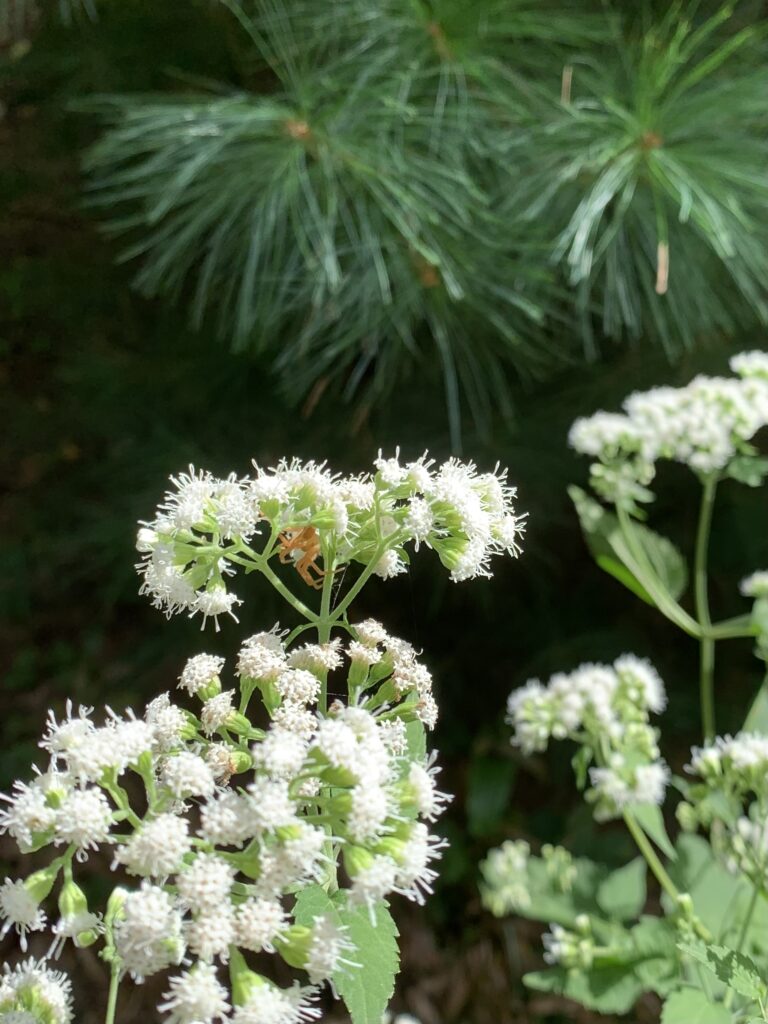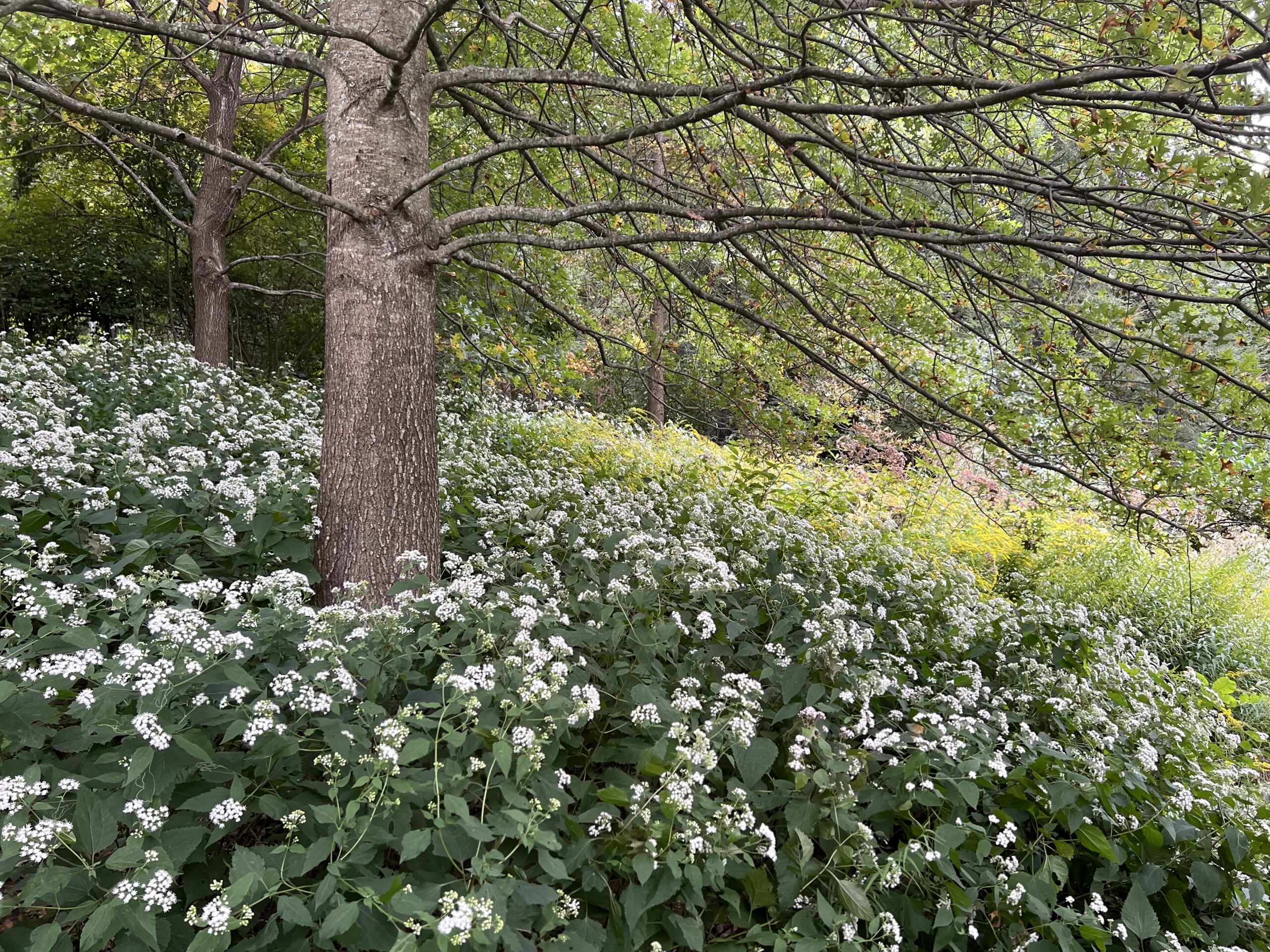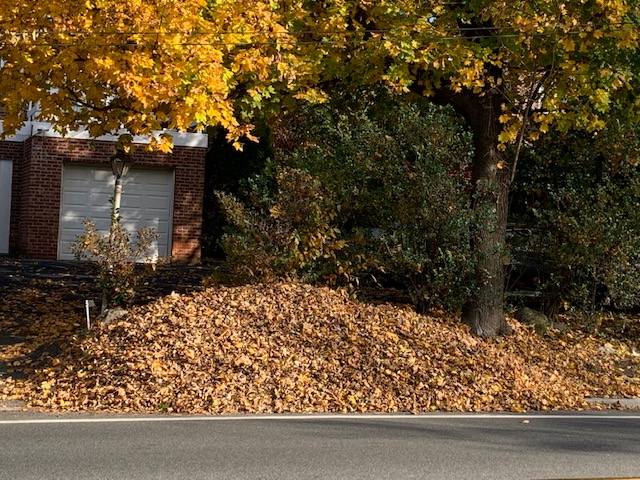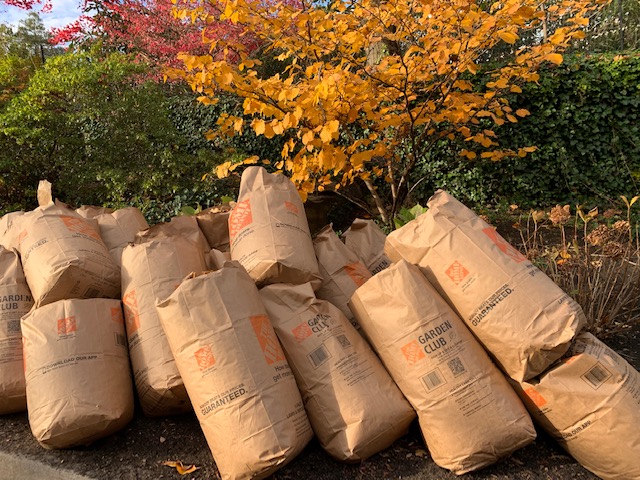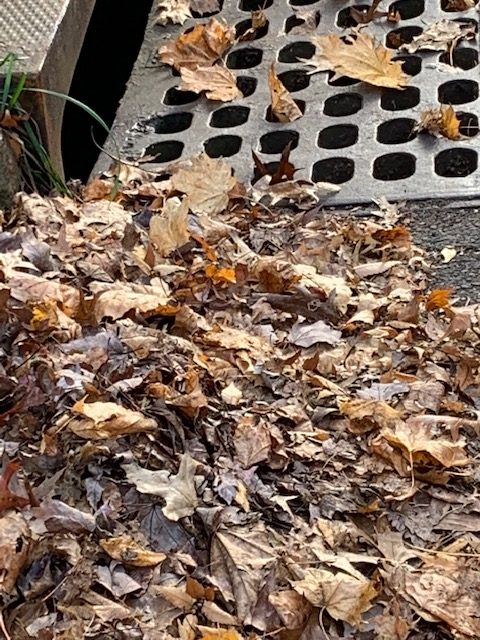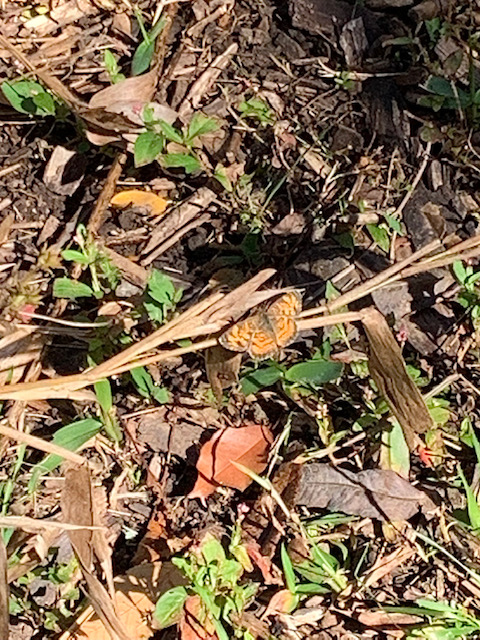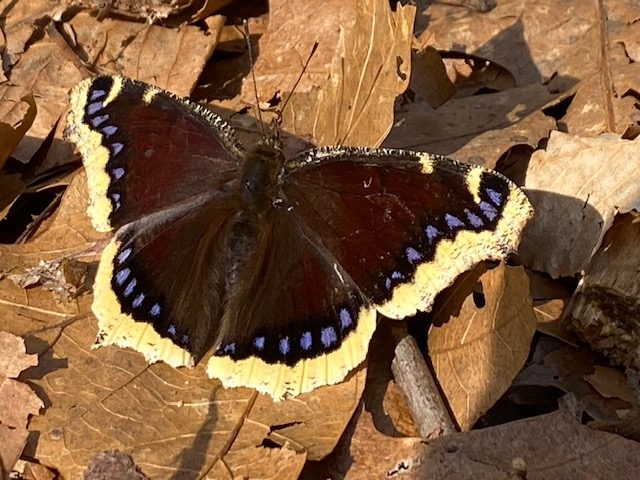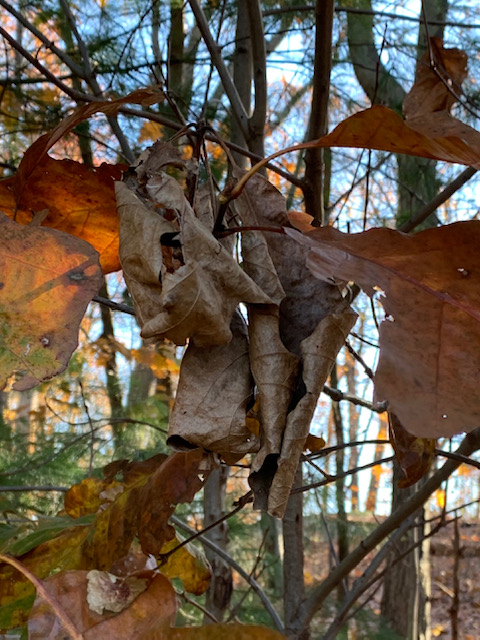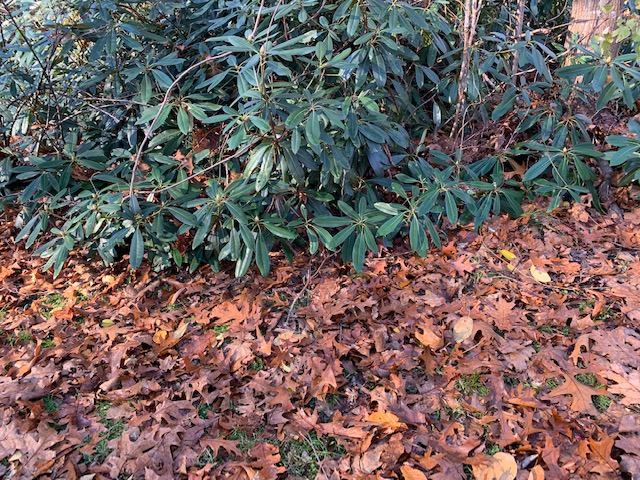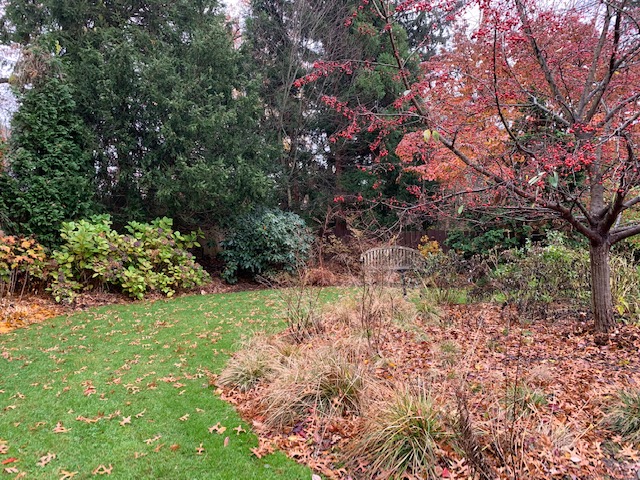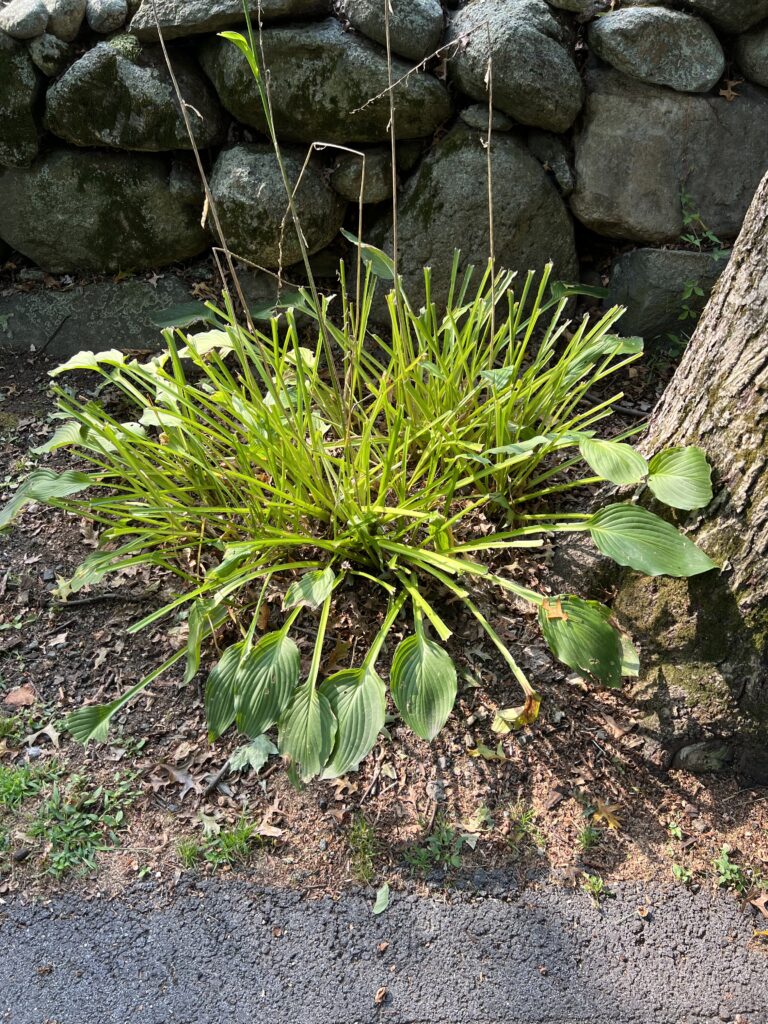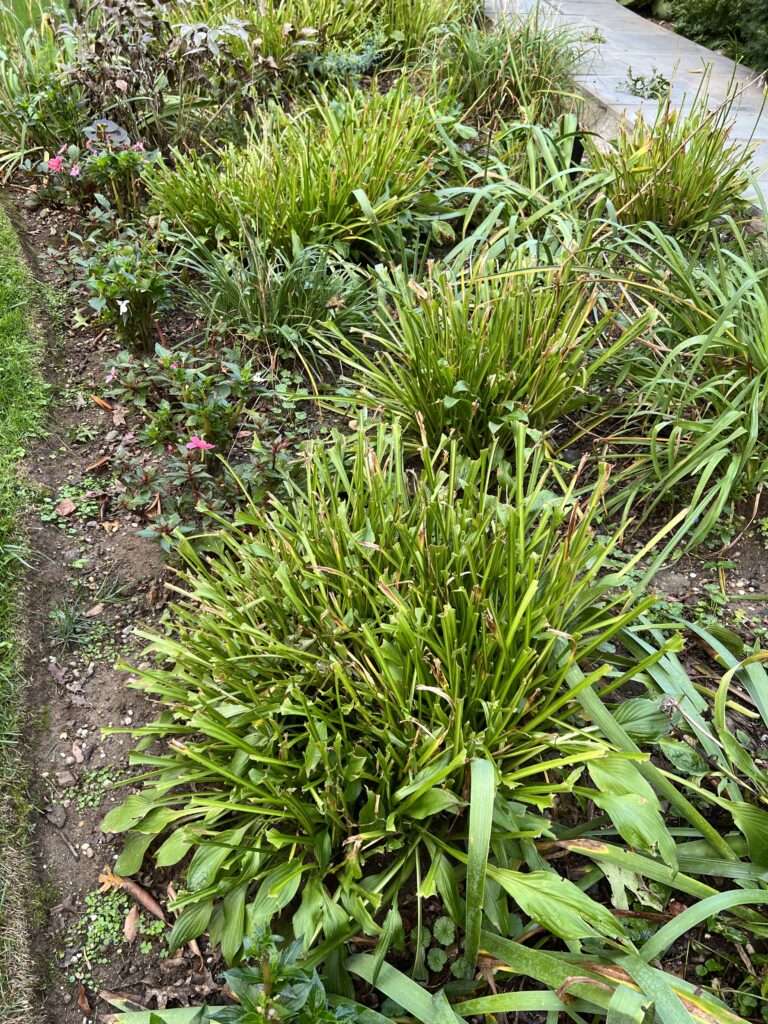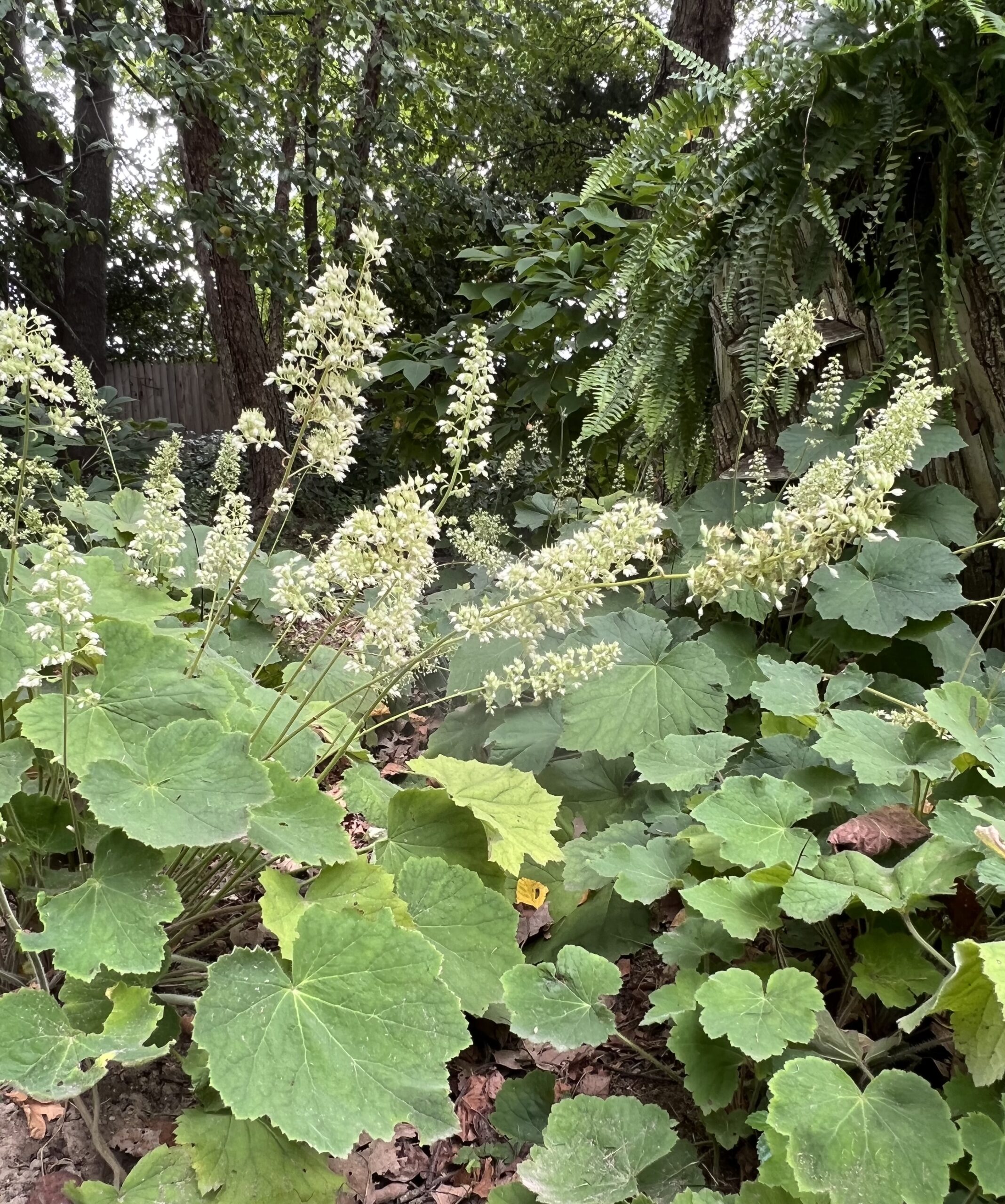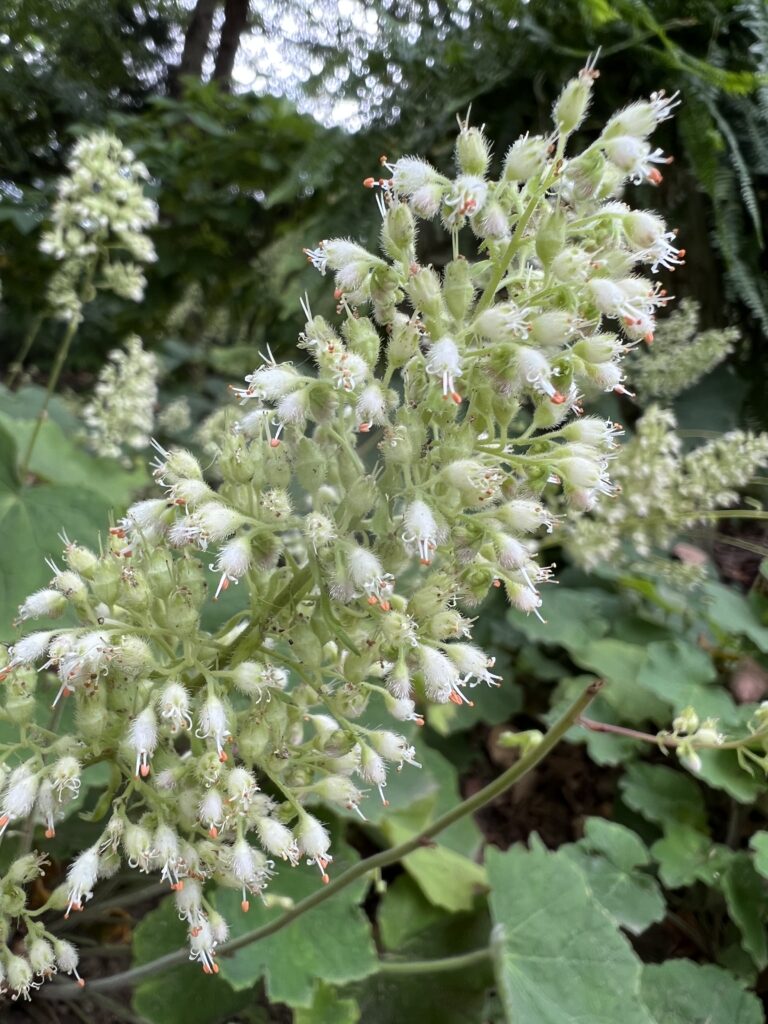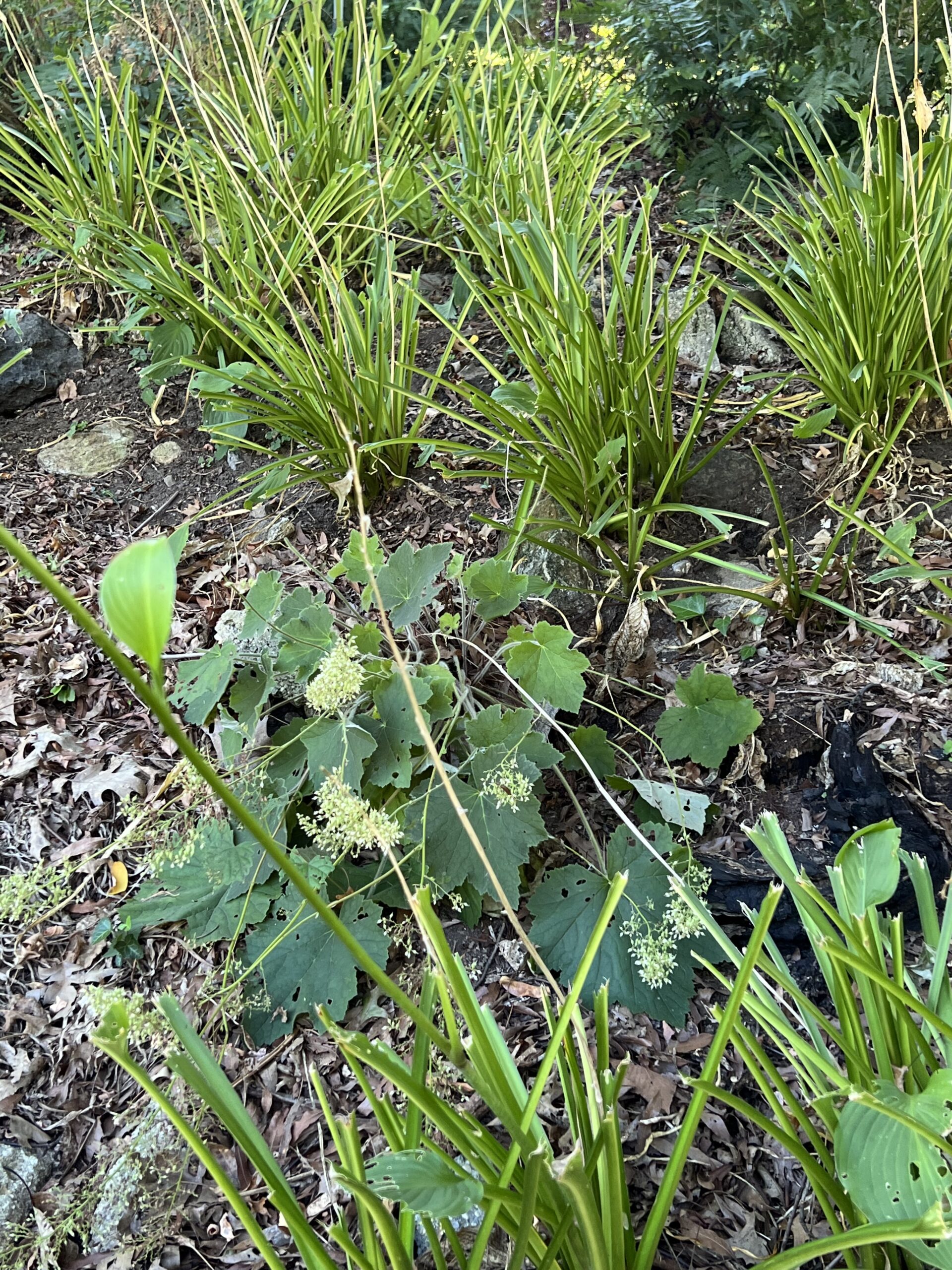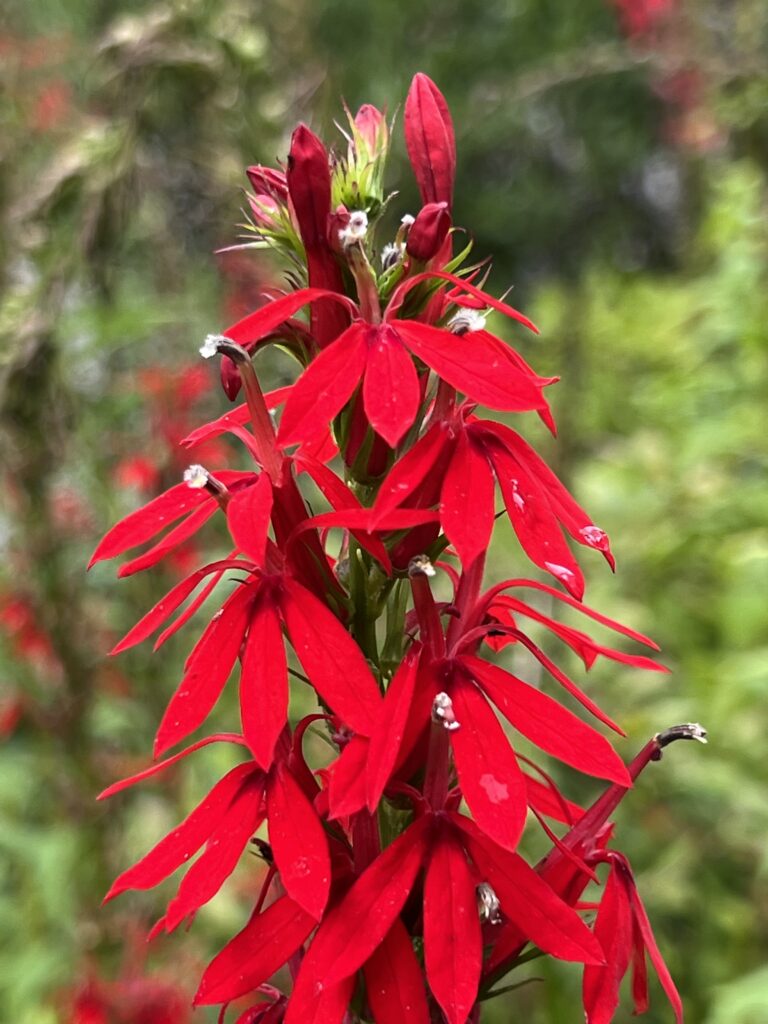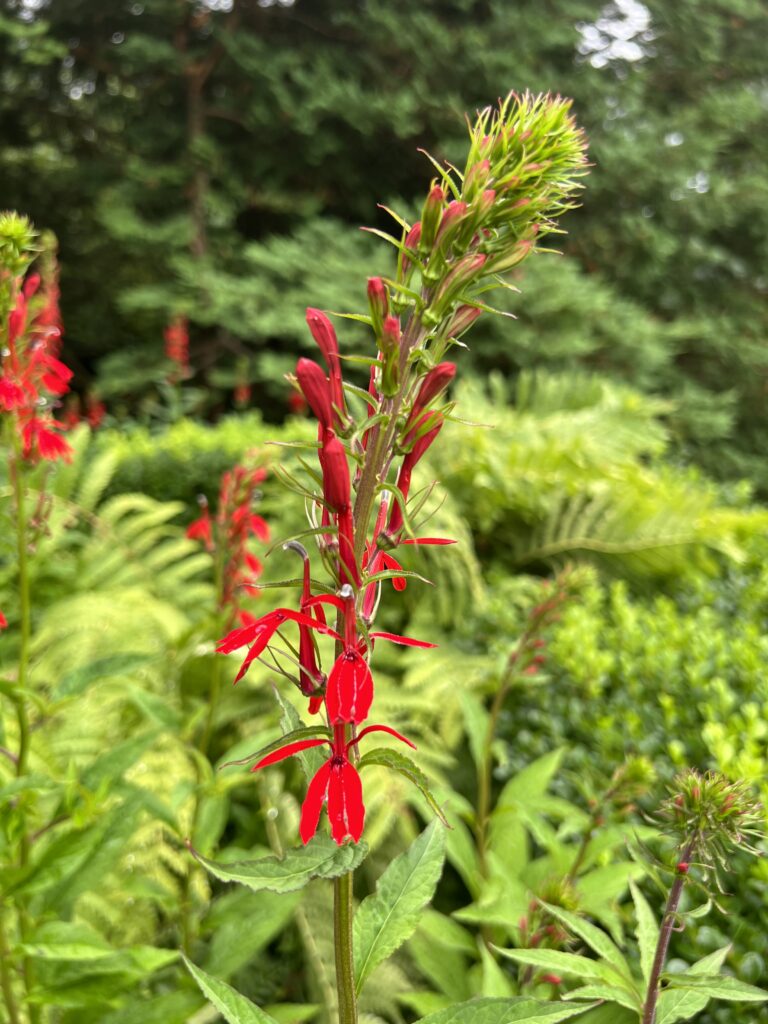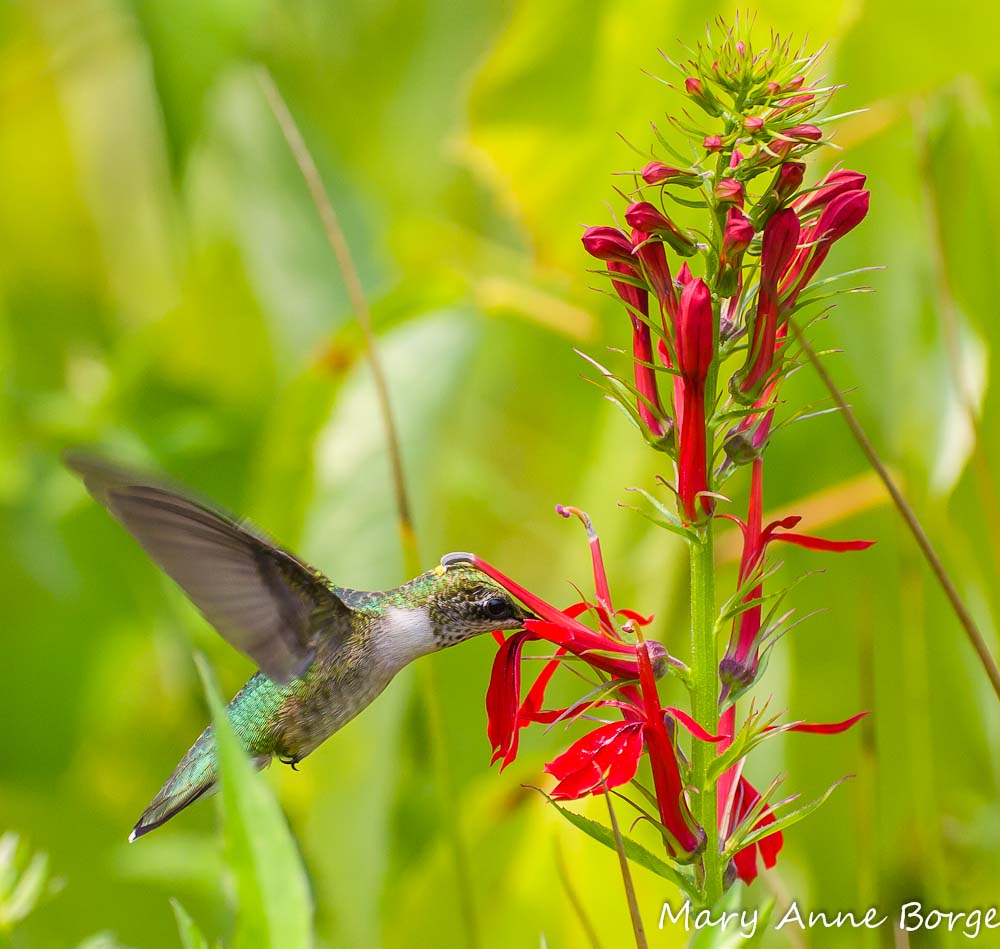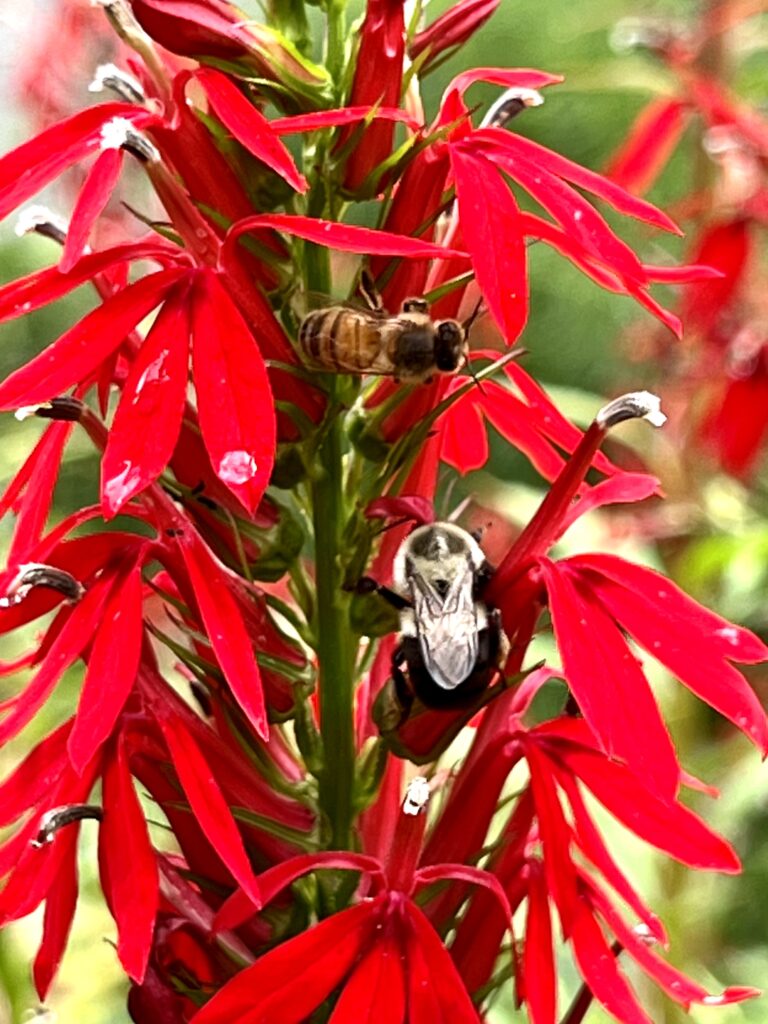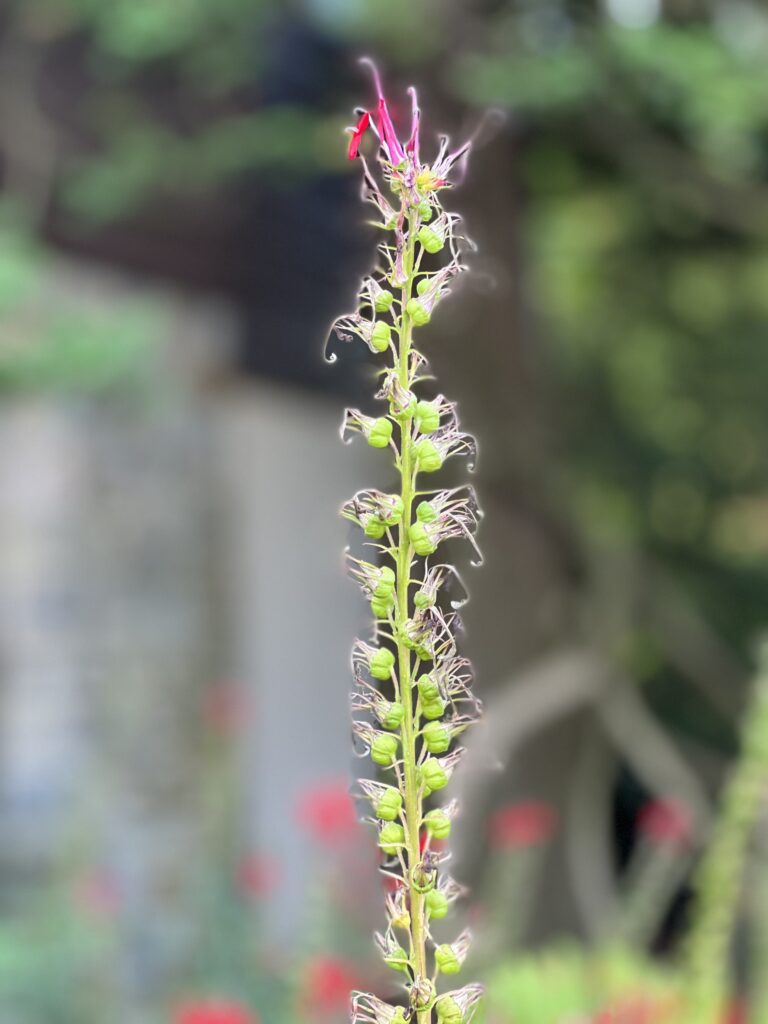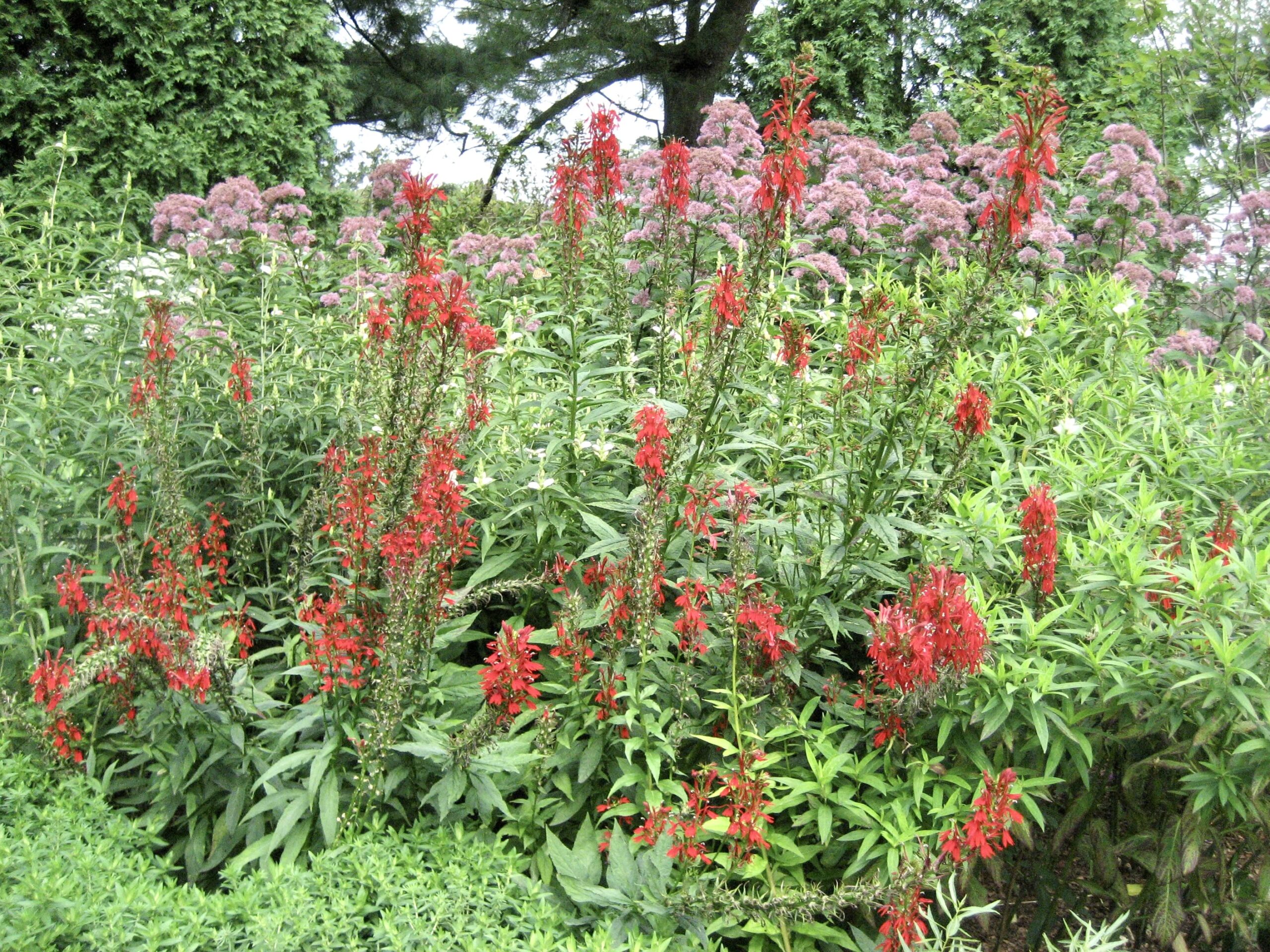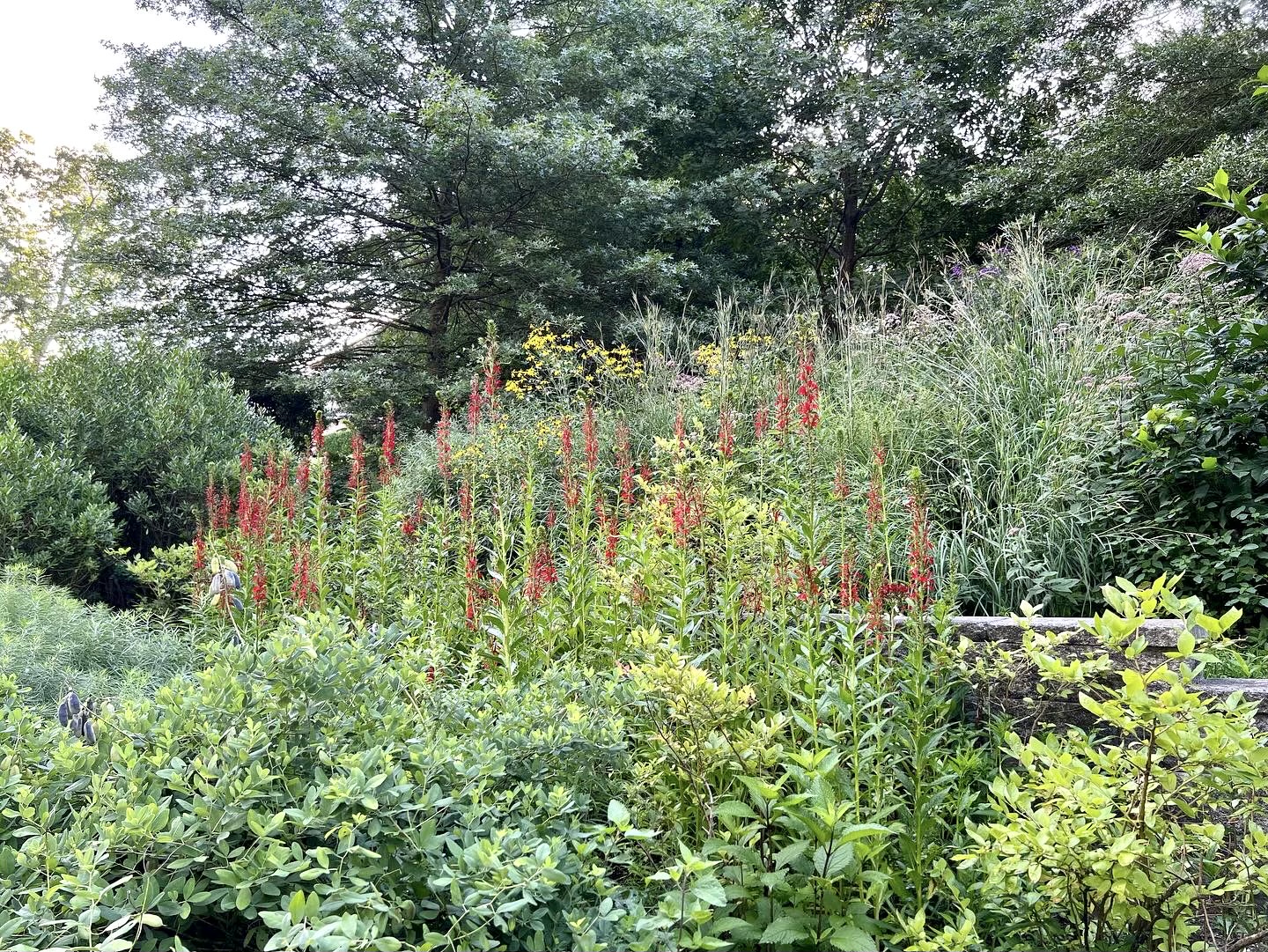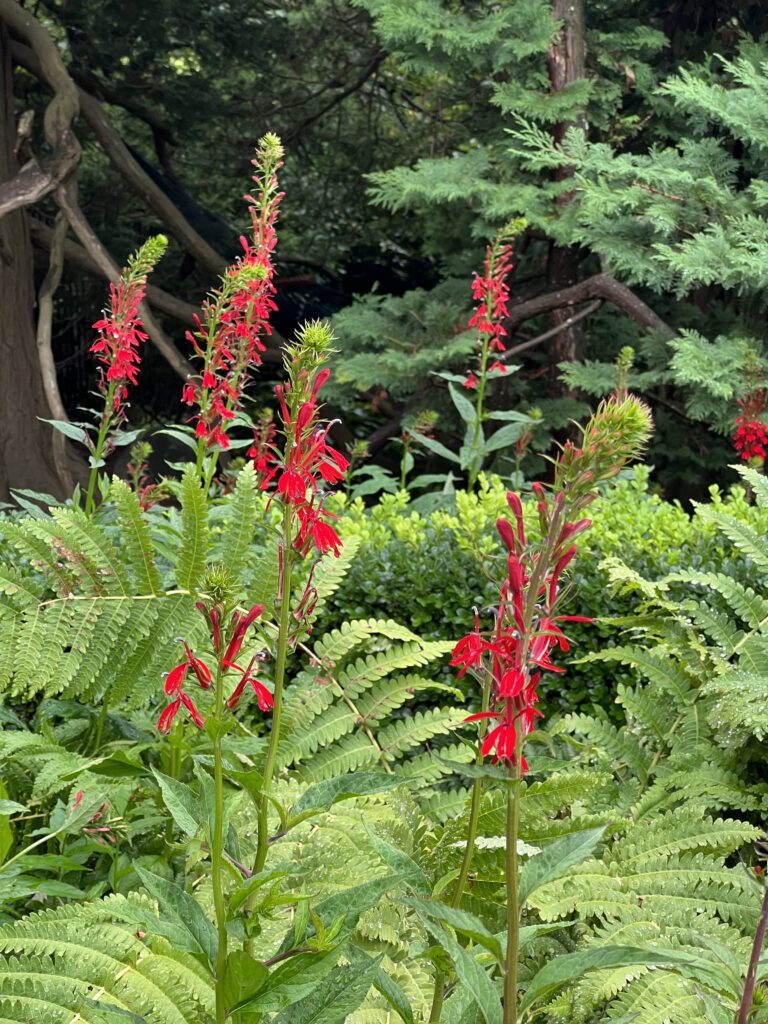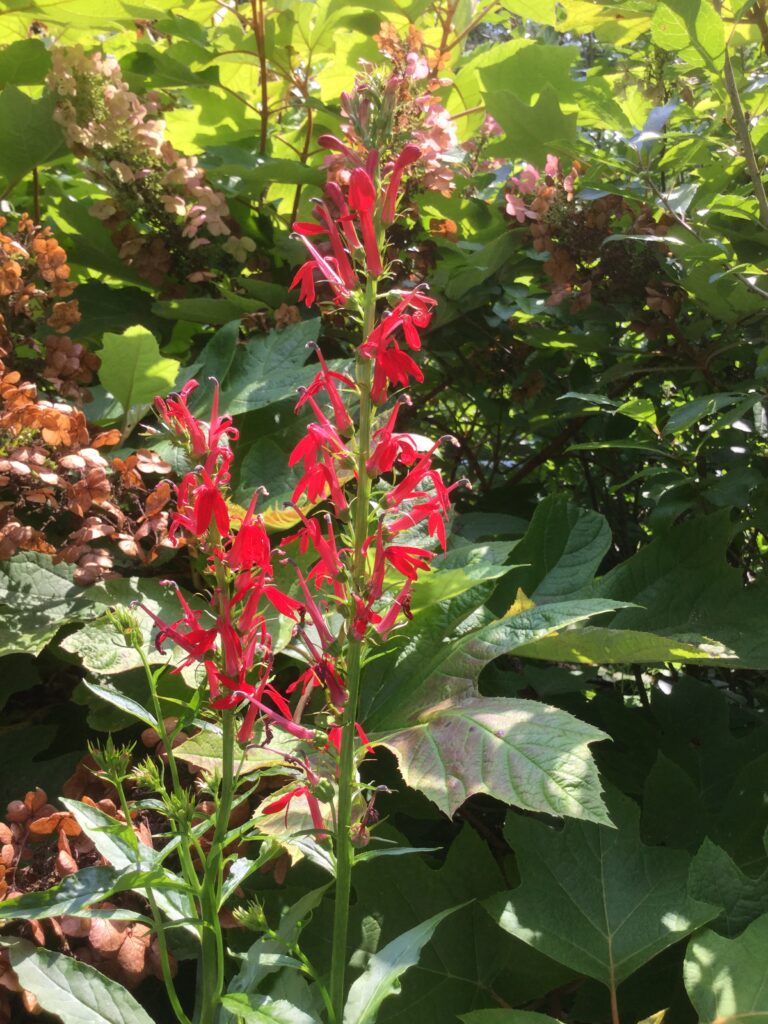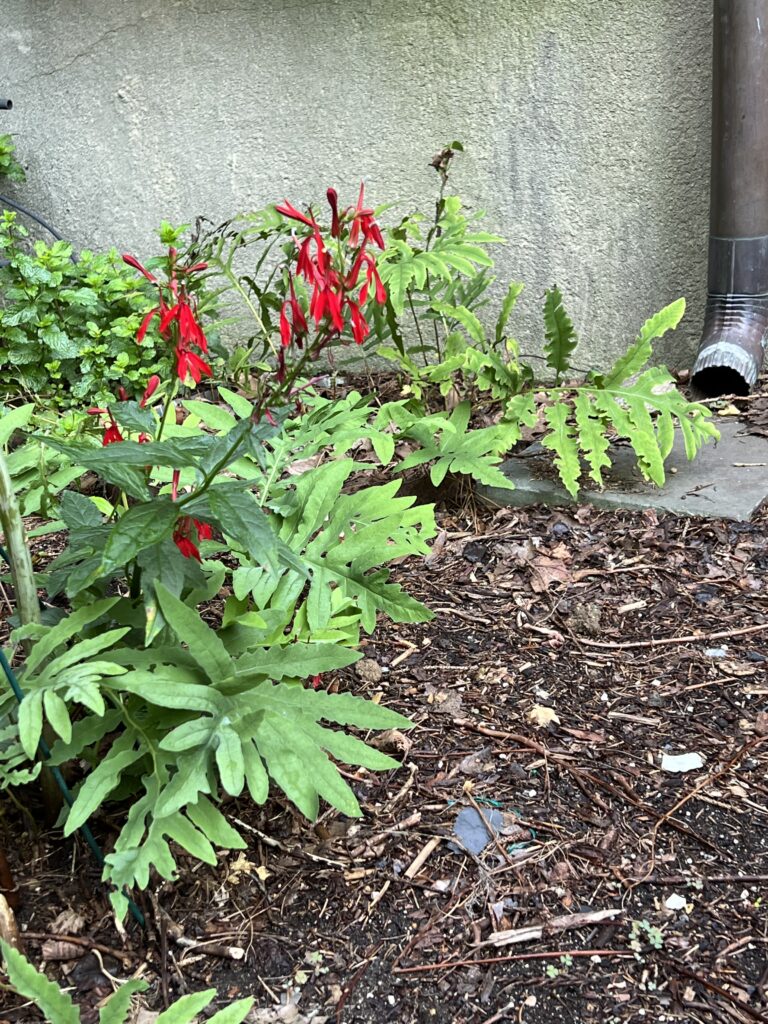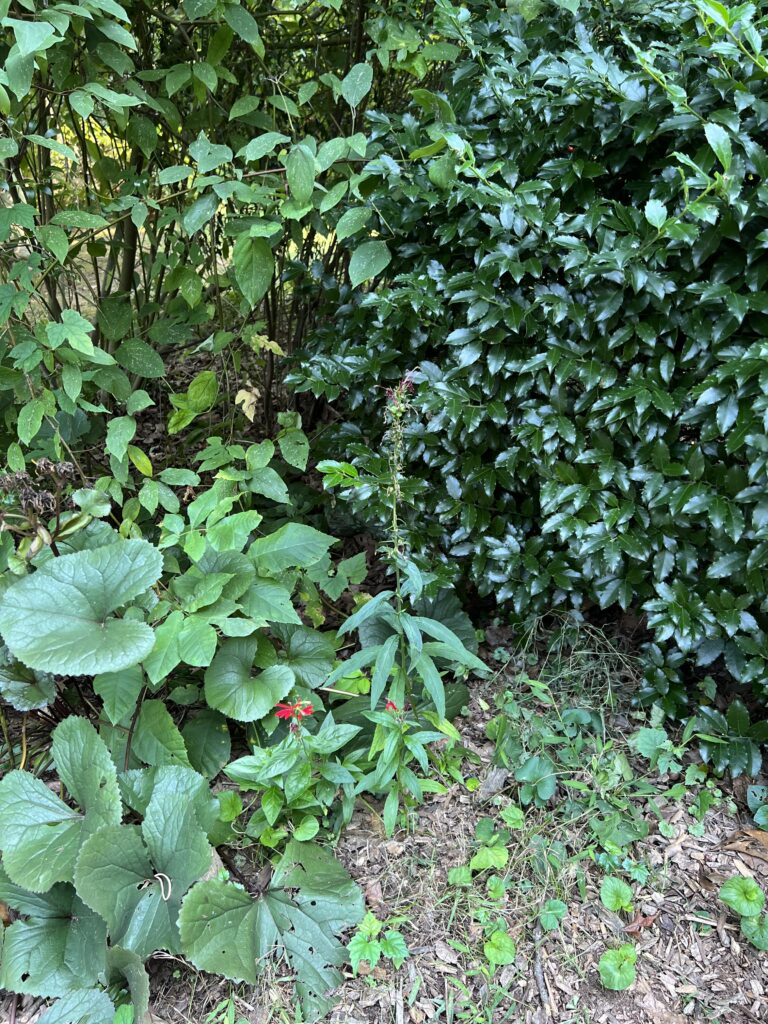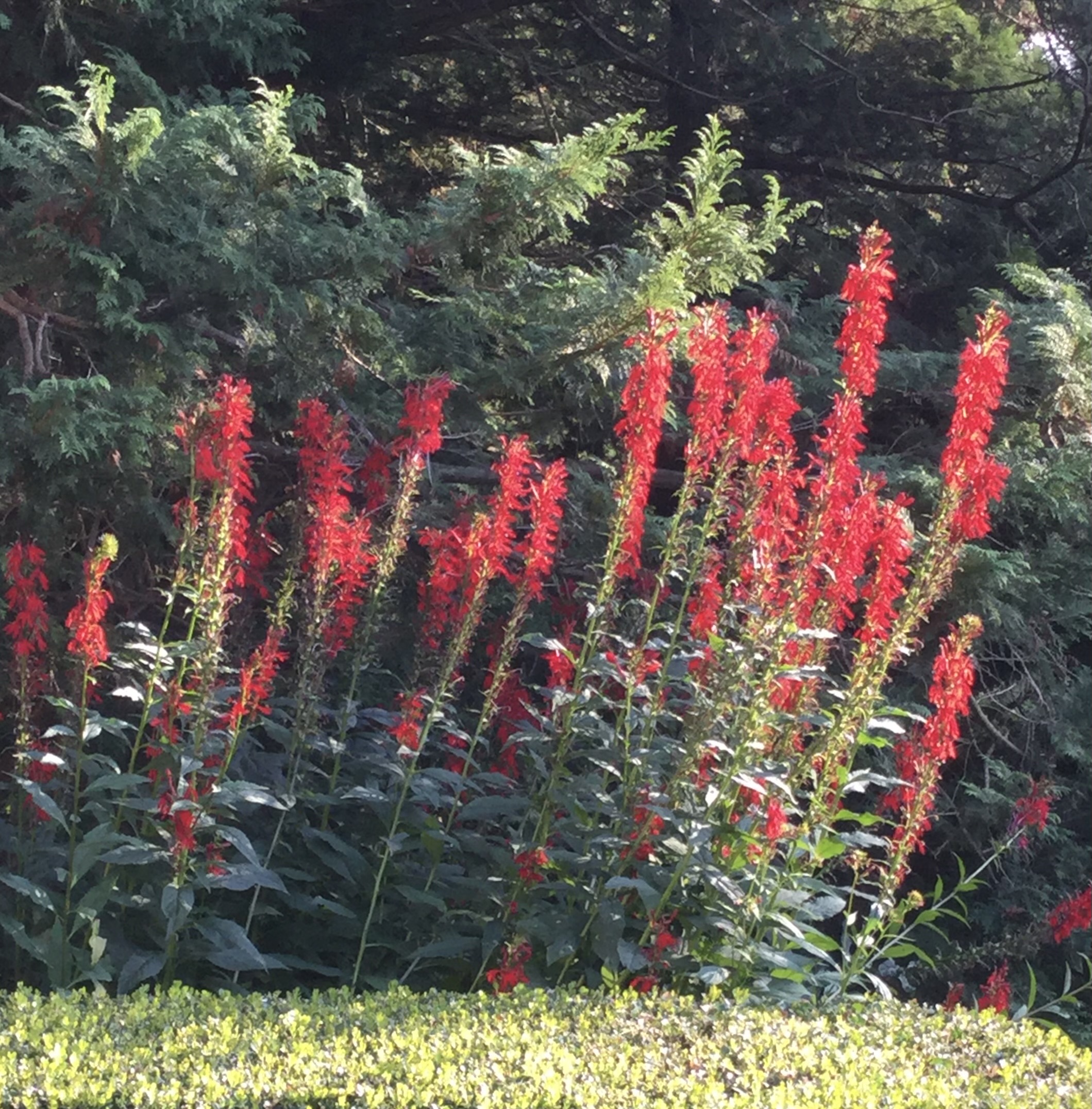It was a weed-infested patch of land just steps away from the busiest commercial corridor in Greenburgh. A little less than 2 acres, it had been neglected for decades. But it was flat, sunny, dry, and open. Perfect for a meadow!

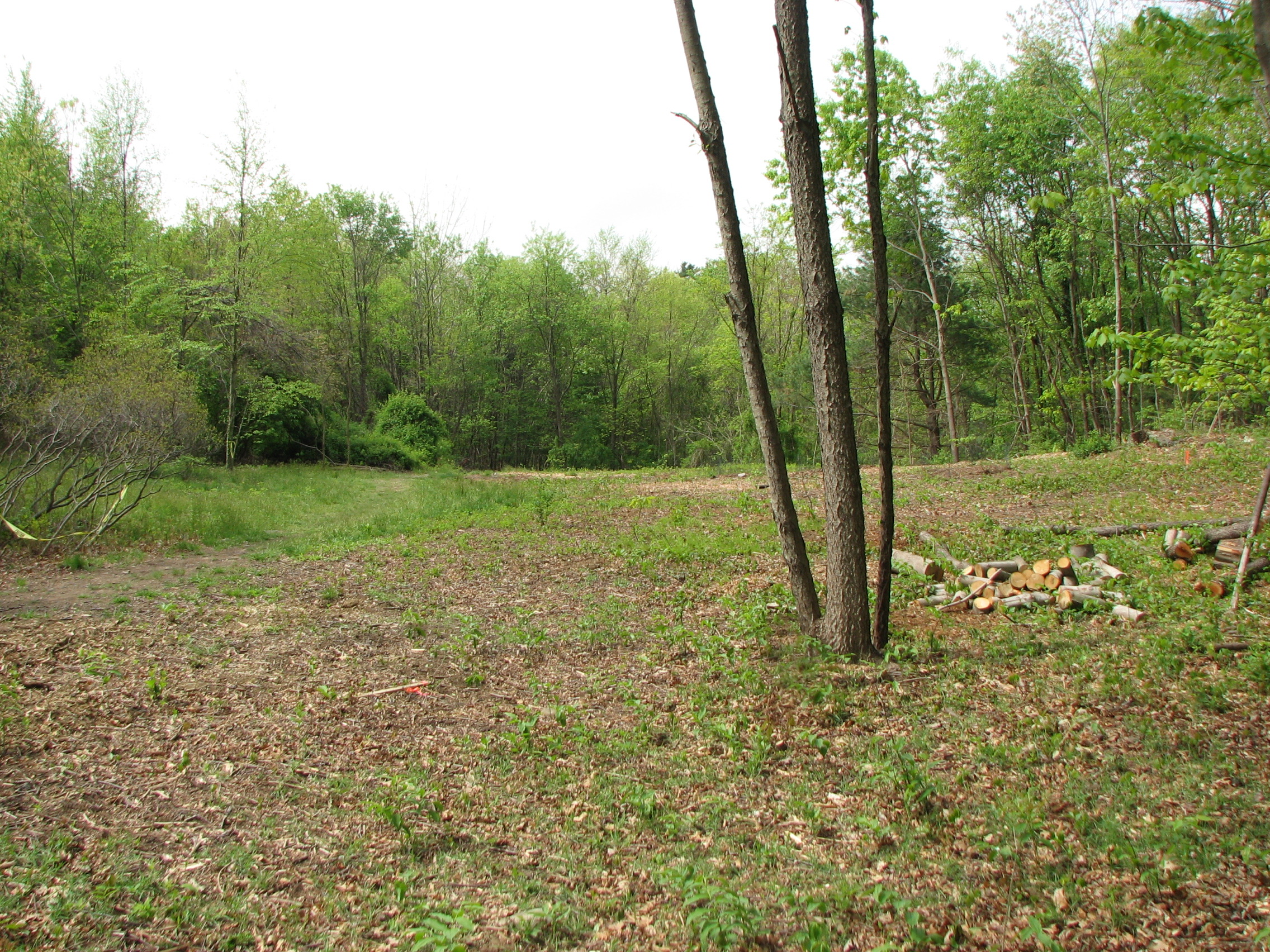
After an initial clearing, we got a better look. There were some nice native birch trees, an ancient stand of bayberry, and several old apple trees remaining from what had once been an apple orchard.
We were very lucky to meet a talented landscape architect who offered to donate his design services to the Nature Center. Bill Boyce of Biosphere Landscape Architects brought his expertise in natural landscape restoration to the project. He designed a space that would retain the best features of the site, while adding places for education and contemplation. Our guiding principle was to create and preserve a diverse habitat of native plants for insects, birds, and other animals.
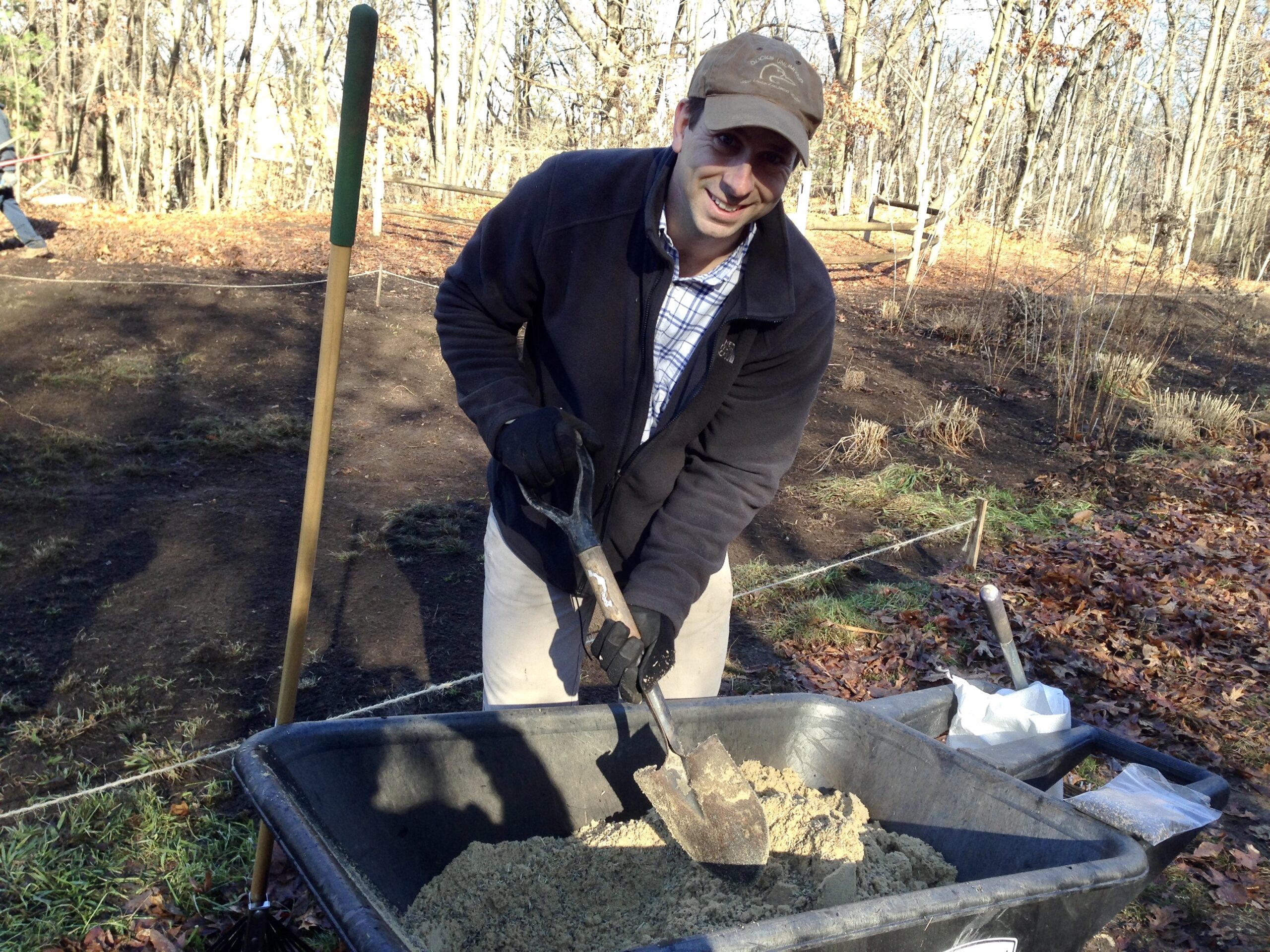

We knew that the most natural look for the meadow would require planting from seed, carefully selected for site conditions, using a large variety of native wildflowers and grasses. For that, we turned to Larry Weaner of Larry Weaner Design, the foremost authority in the Northeastern US on designing and planting native meadows. Larry formulates custom seed mixes using a complex formula based on seed germination rates, aggressiveness of various species, length of time each species takes to germinate and establish roots, and many other factors. Like Bill, Larry was kind enough to contribute his time and expertise for the Nature Center’s meadow project.
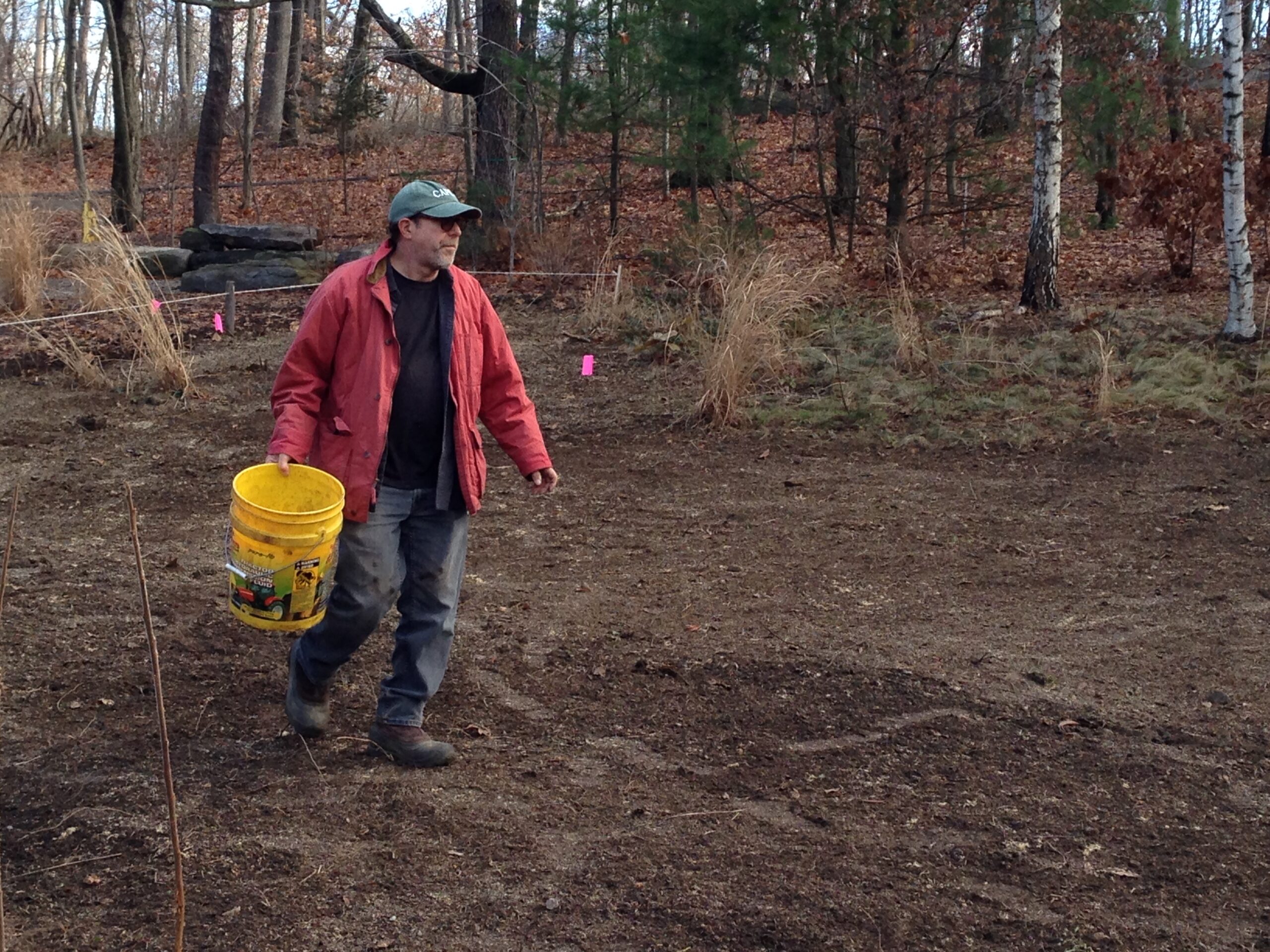
In December of 2014, we cleared the site again, much more thoroughly, removing as many roots of the weedy invasive species as possible, but leaving a few valuable native plants. Bill marked off the areas to be seeded, and we carefully hand-cast Larry’s specially-formulated seed mix.

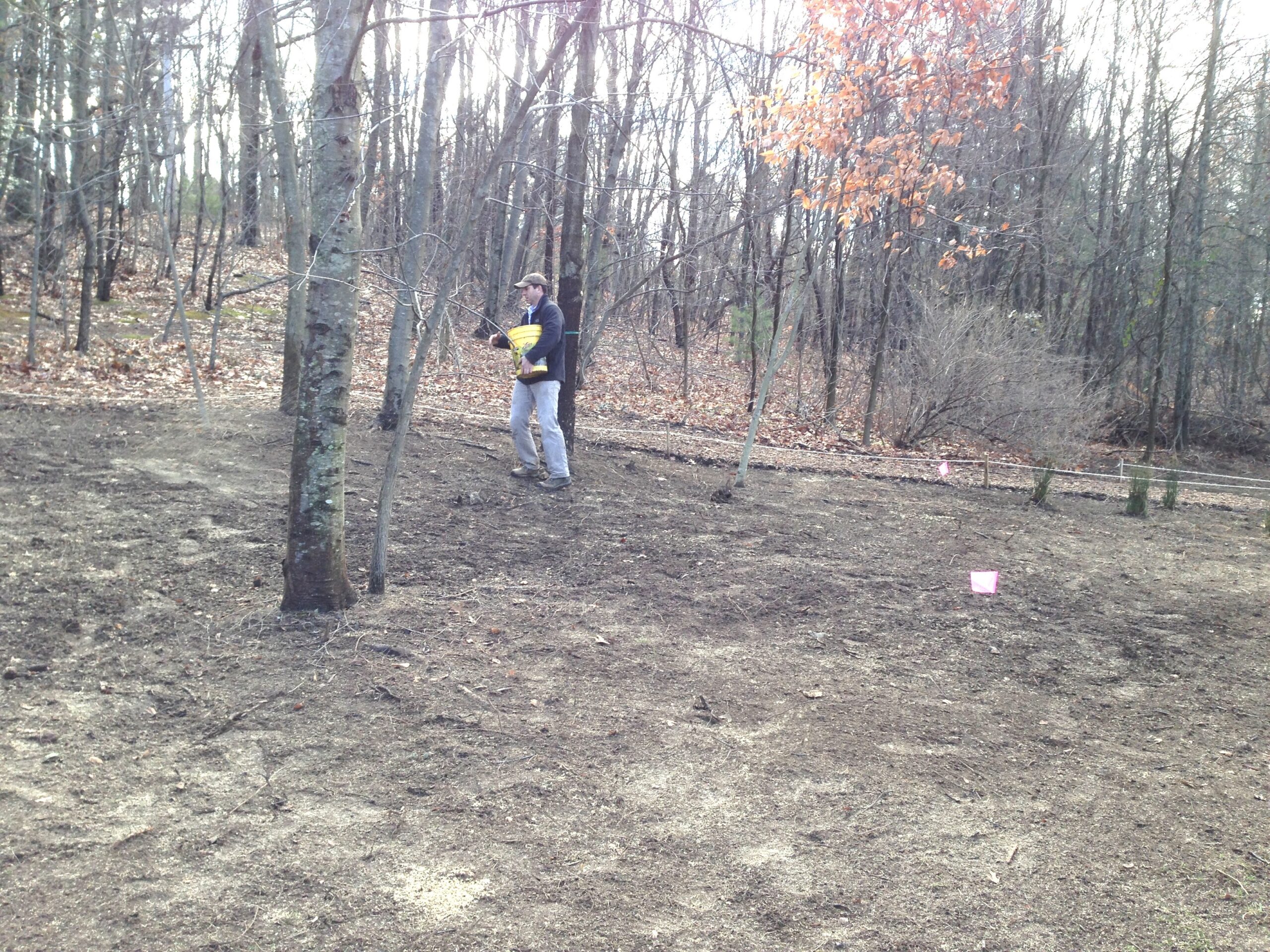
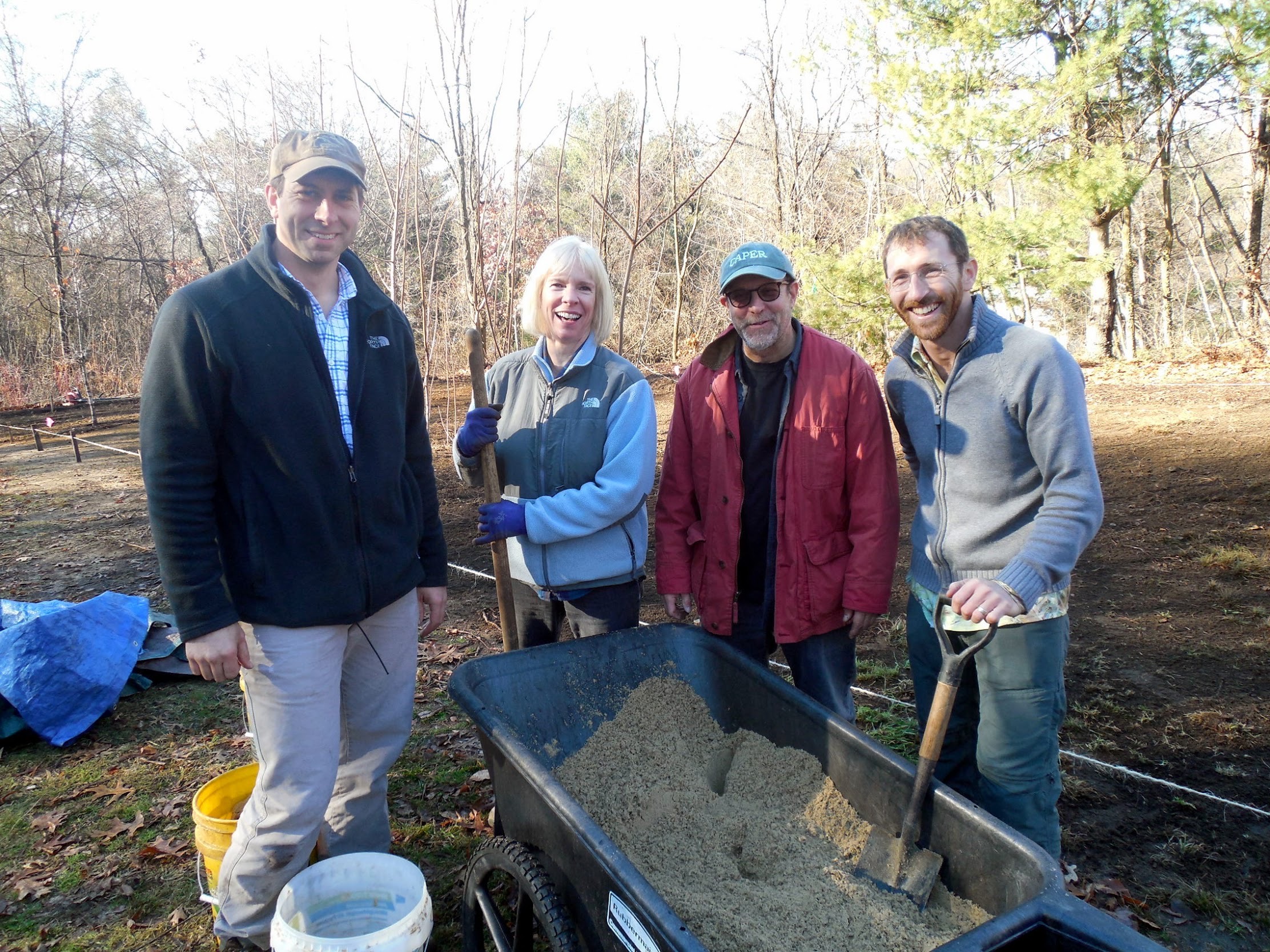
Bill’s design included an Oak Circle, which we hoped would become a calm space for meditation, as well as contribute the immense ecological value of native oak trees. Bill also designed a Stone Classroom, where our staff naturalists could work with students on-site in the meadow.

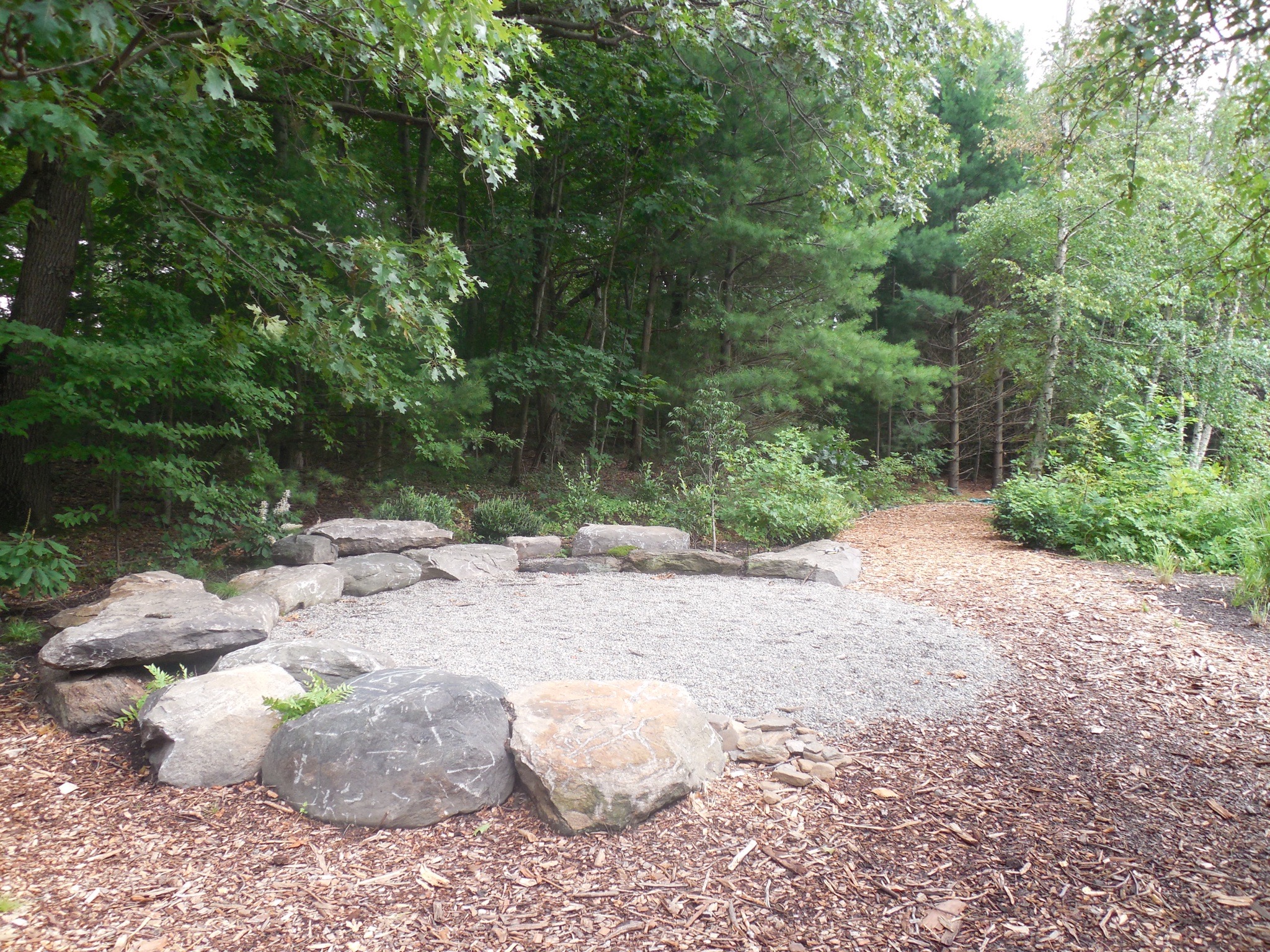
It takes at least 3 years for a seeded meadow to establish. Soon after plants emerge in the first spring, the meadow is mowed to about 6 inches in height. The idea is to cut back returning invasive species, which grow faster, giving the native seeds time to germinate without being overwhelmed. Two additional mowings the first summer, at increasing heights, keep invasive weeds under control as the new native plants develop roots.
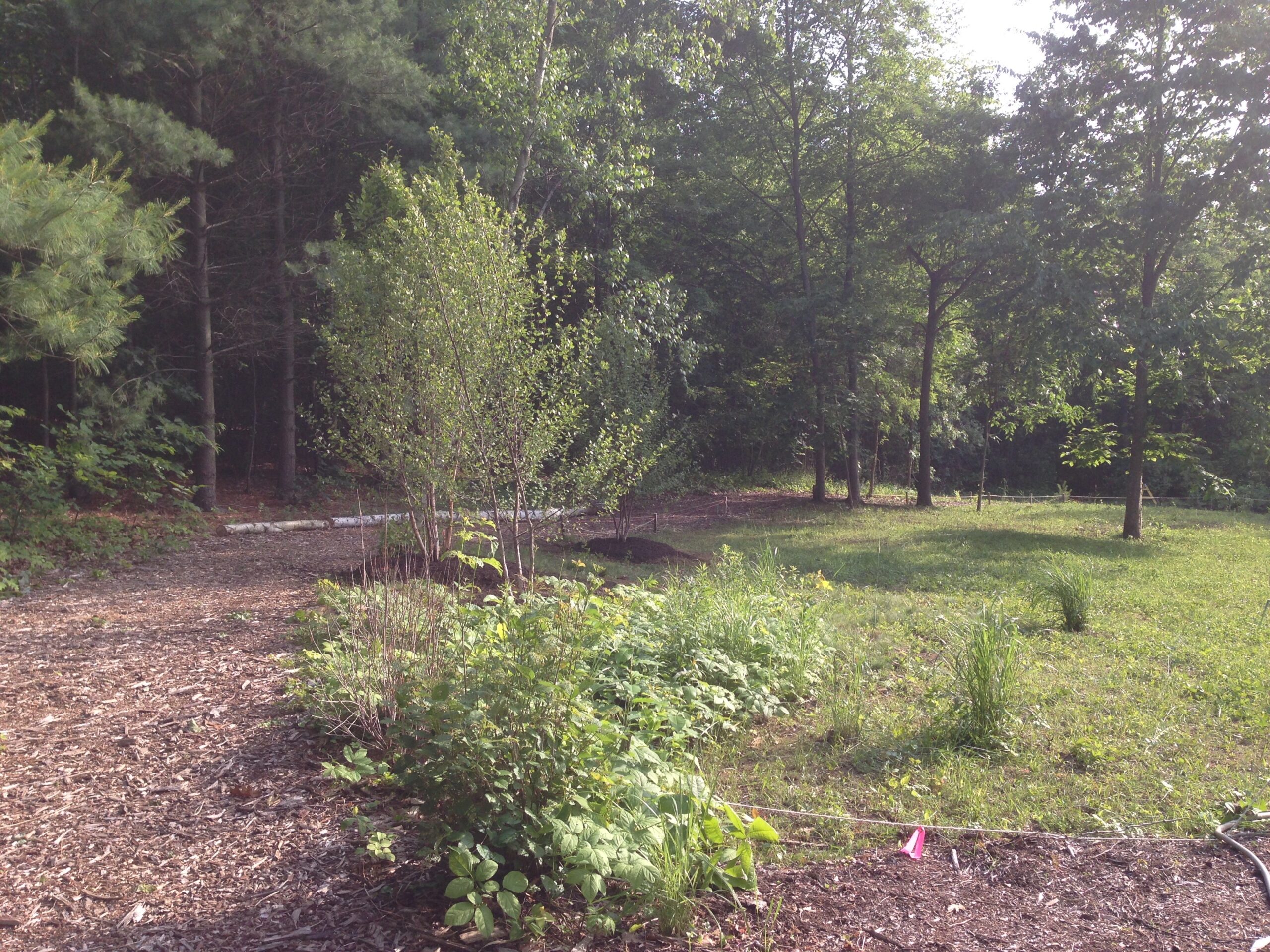
In the second season, the meadow is mown once in the spring, and once more in mid-summer. The third year, the meadow is mown only once in the spring, as it will be annually thereafter.
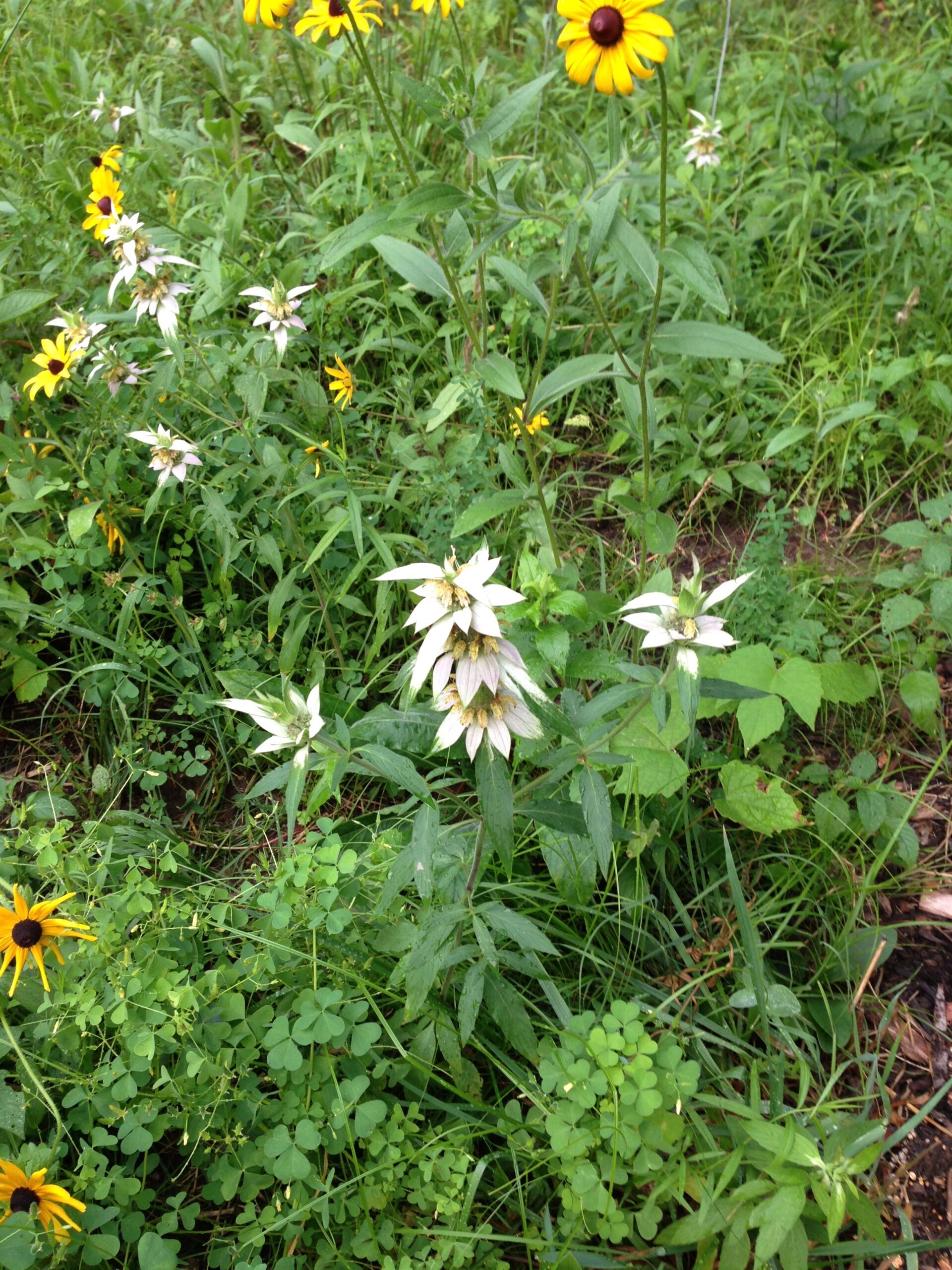
In the winter of 2016, Bill Boyce constructed our Butterfly Arbor, taking his design inspiration from the wings of a Monarch Butterfly. He allowed native sumac shrubs to remain near the Arbor to soften the edges of the design.
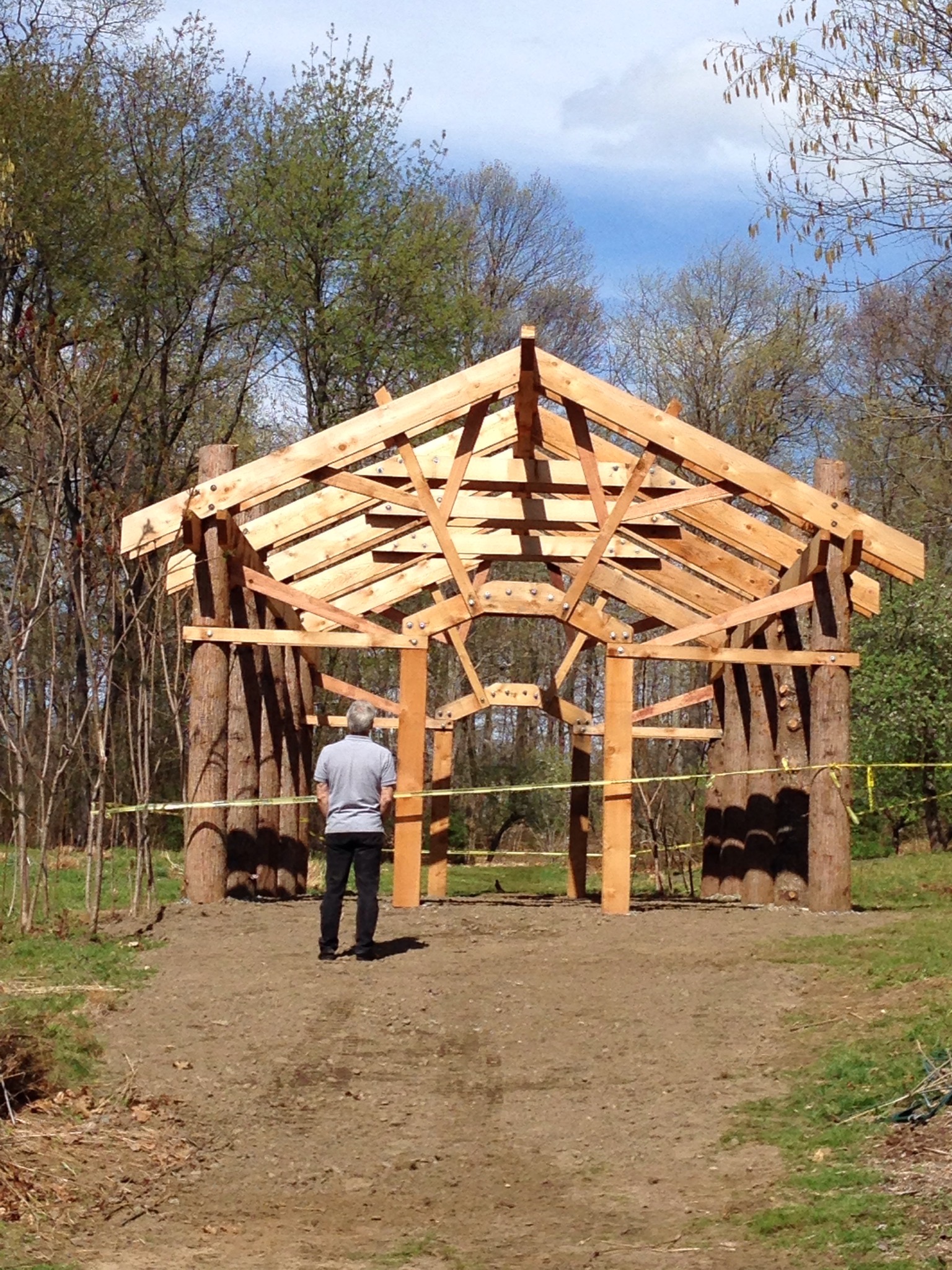
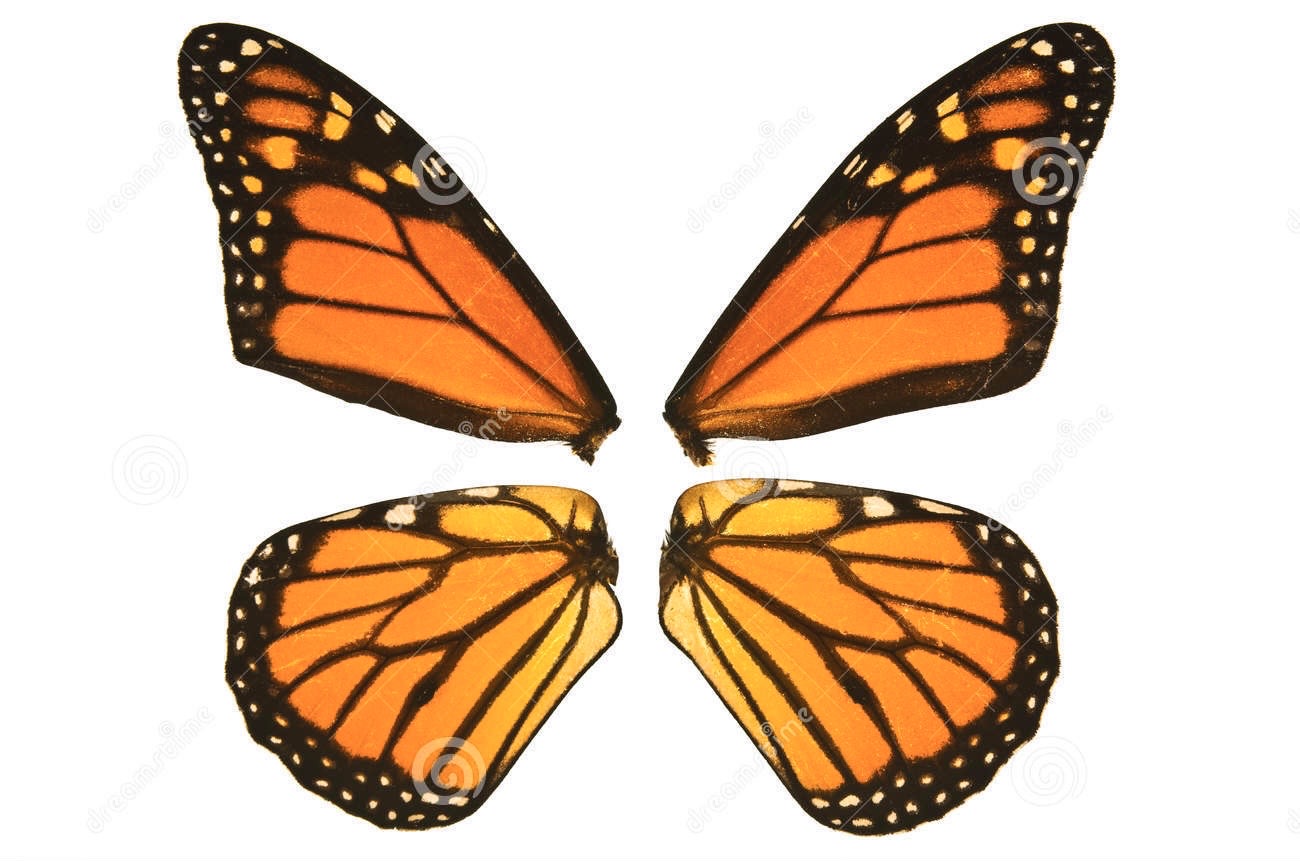
The Arbor has removable doors and is specially designed to allow netting to be suspended inside for our annual butterfly exhibit.
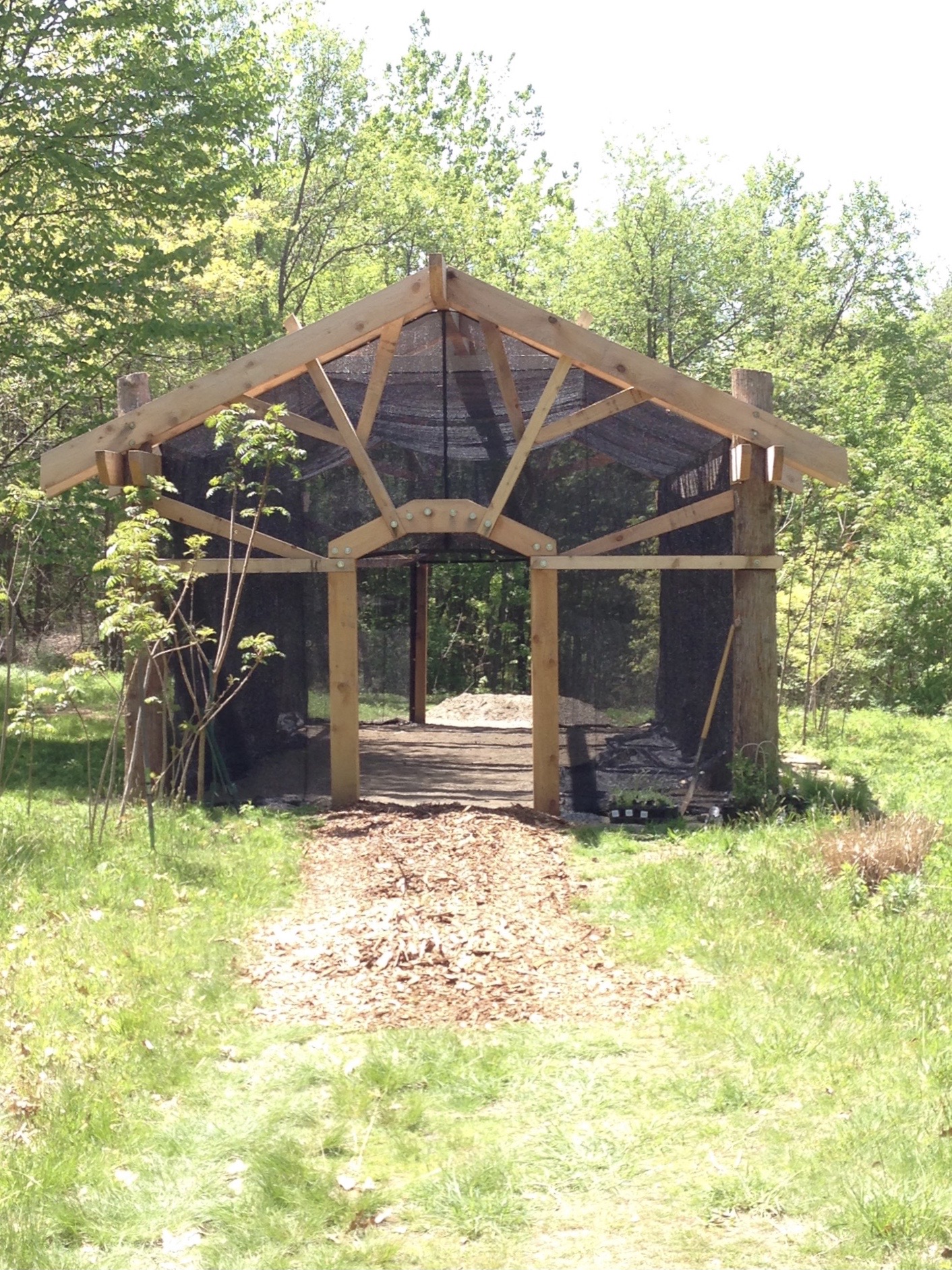
The native plant meadow at the Nature Center is now 8 years old. It has matured, but it still changes each year and in every season. It has become the very special place we hoped it would be. It is filled with life and beauty.
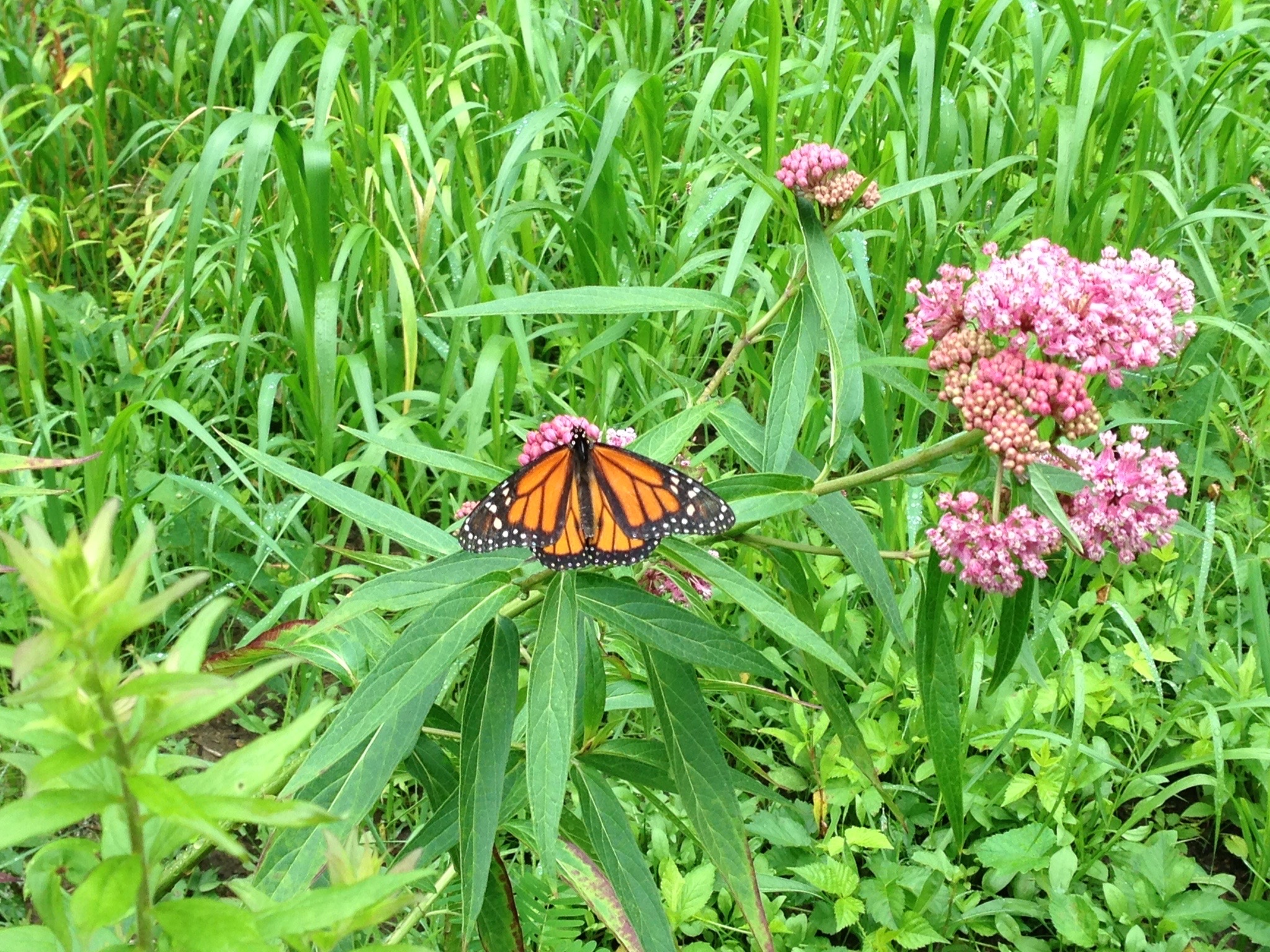
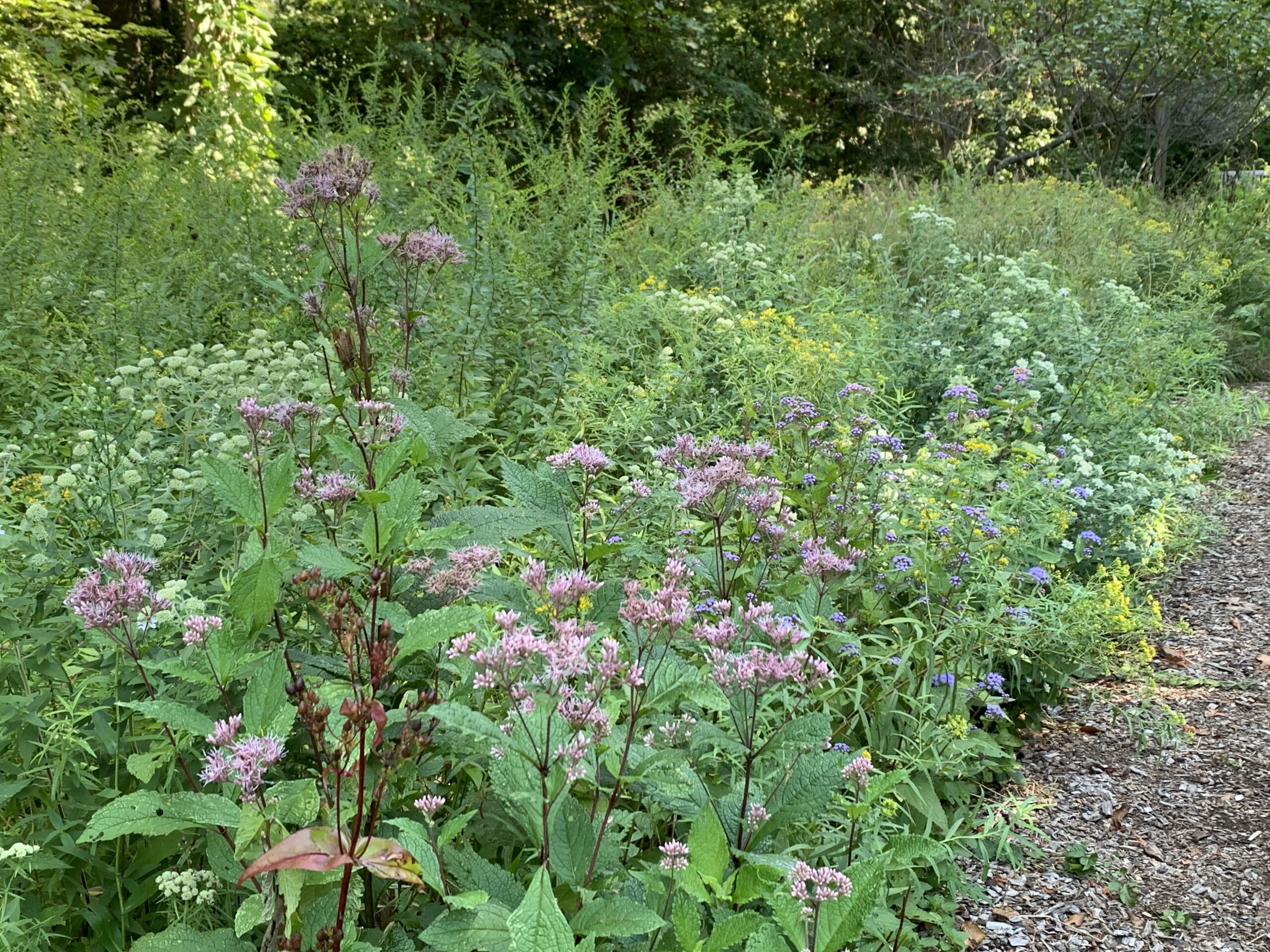
The meadow is a wonderful place for education and contemplation.
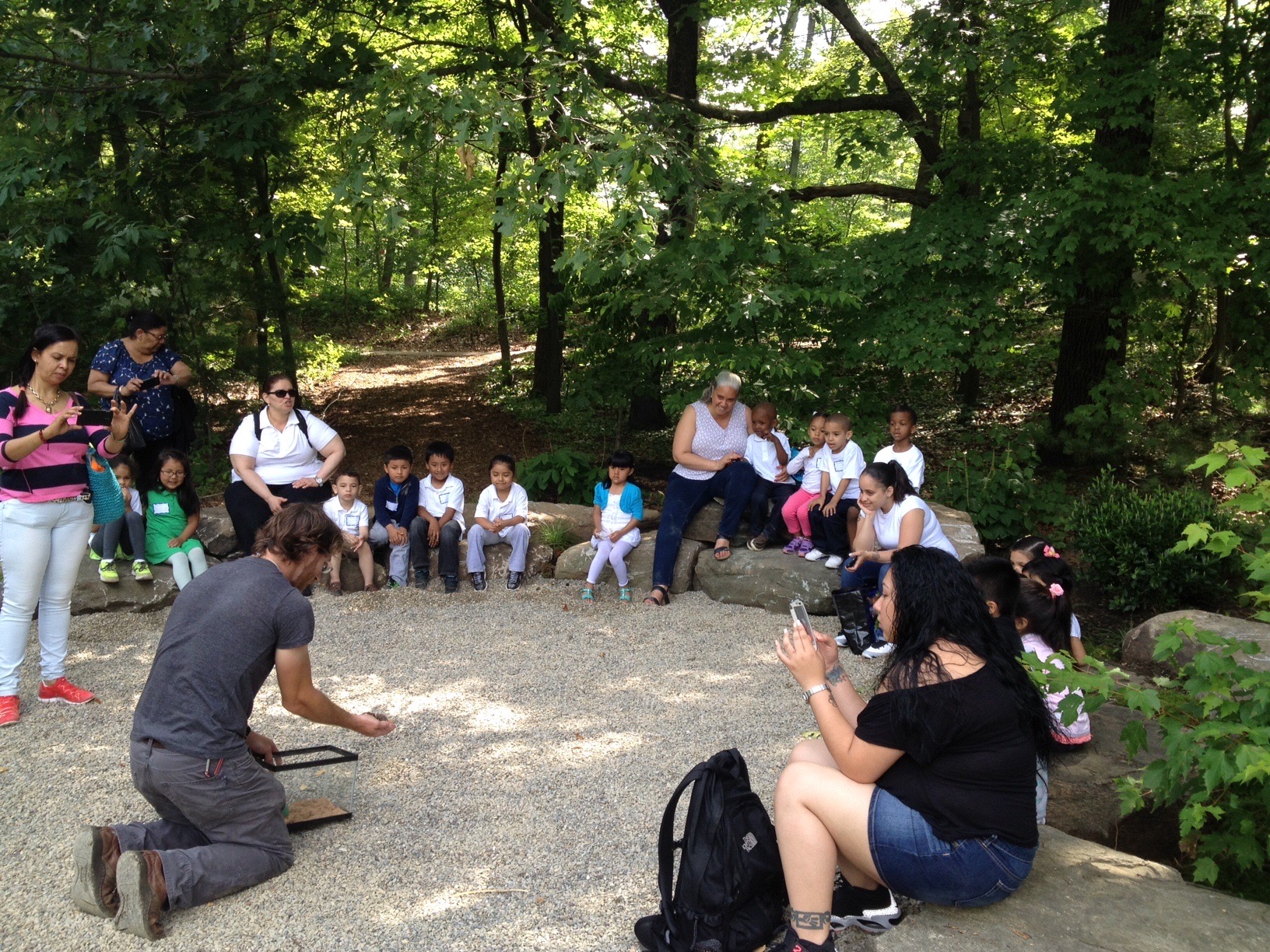

The meadow is a joyful place to explore for people of all ages.


